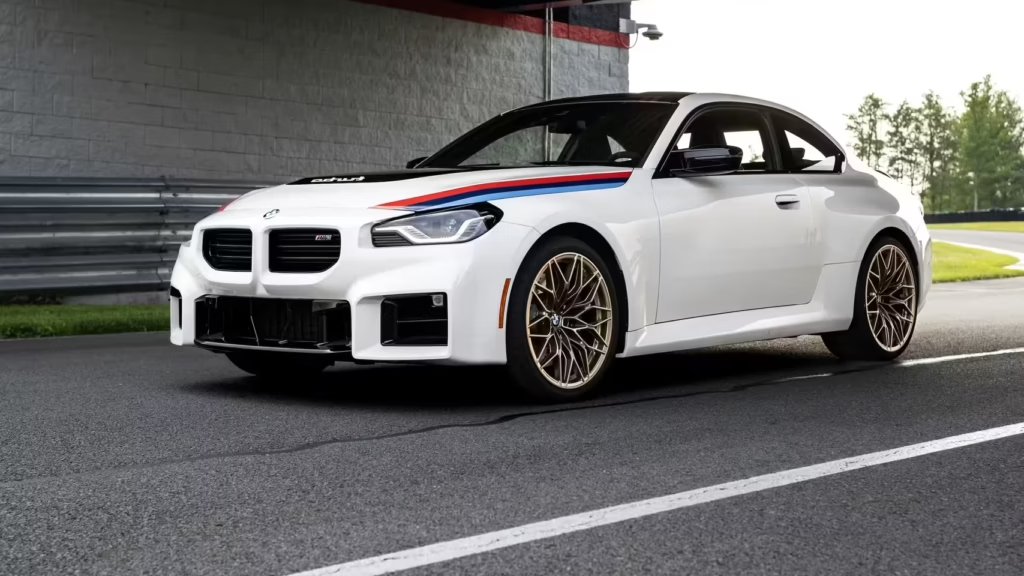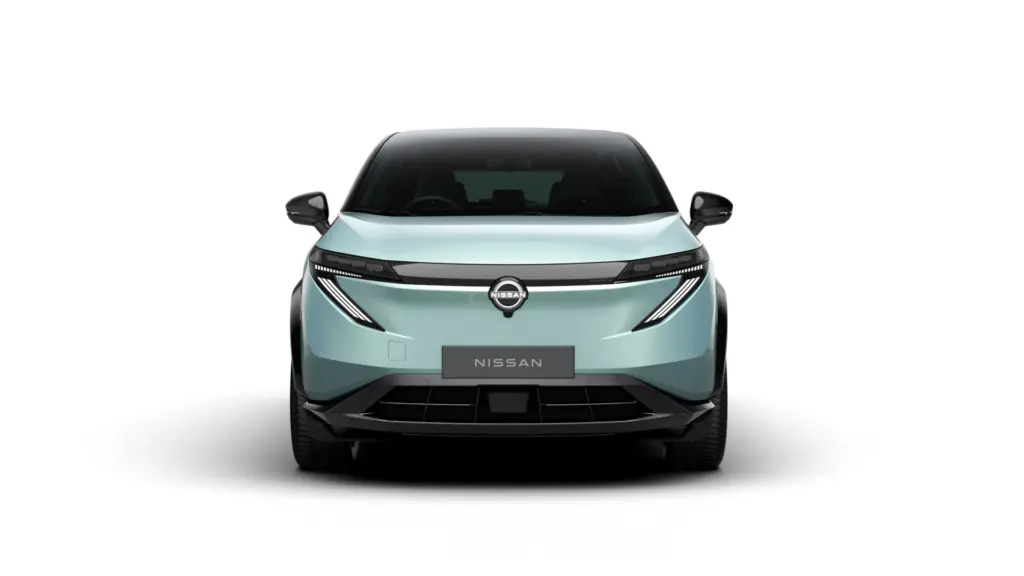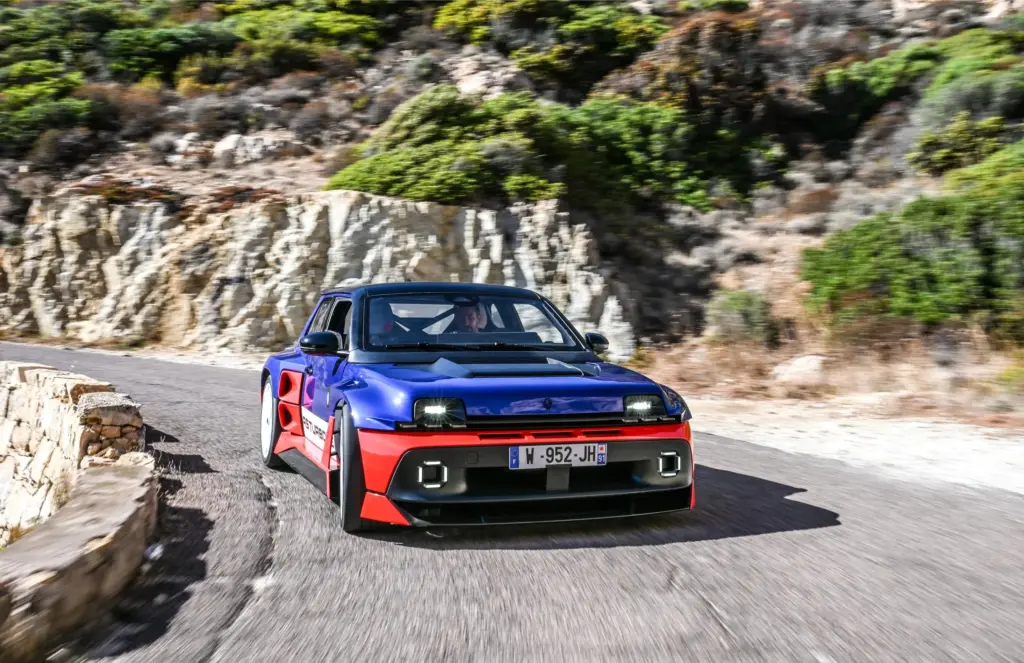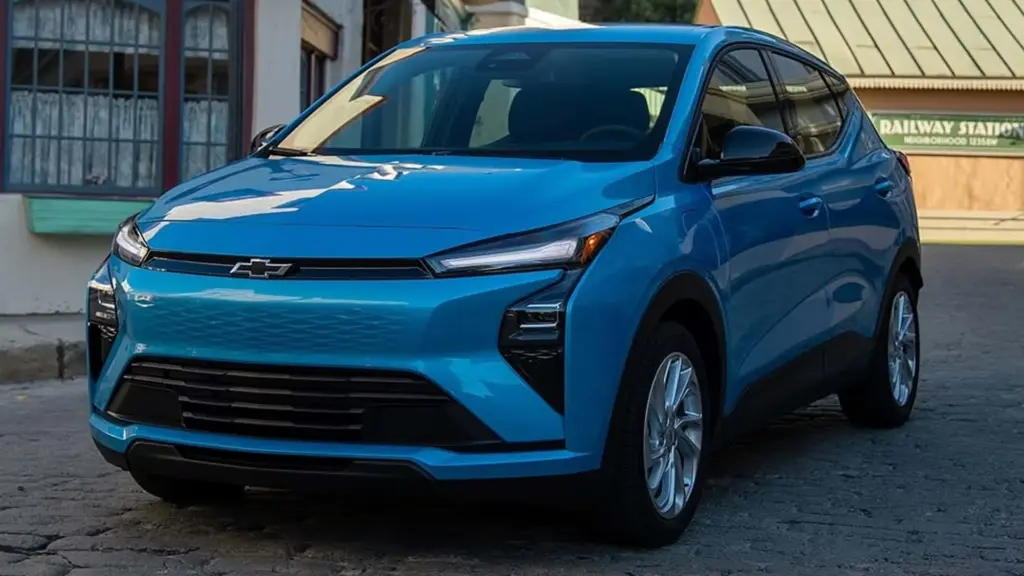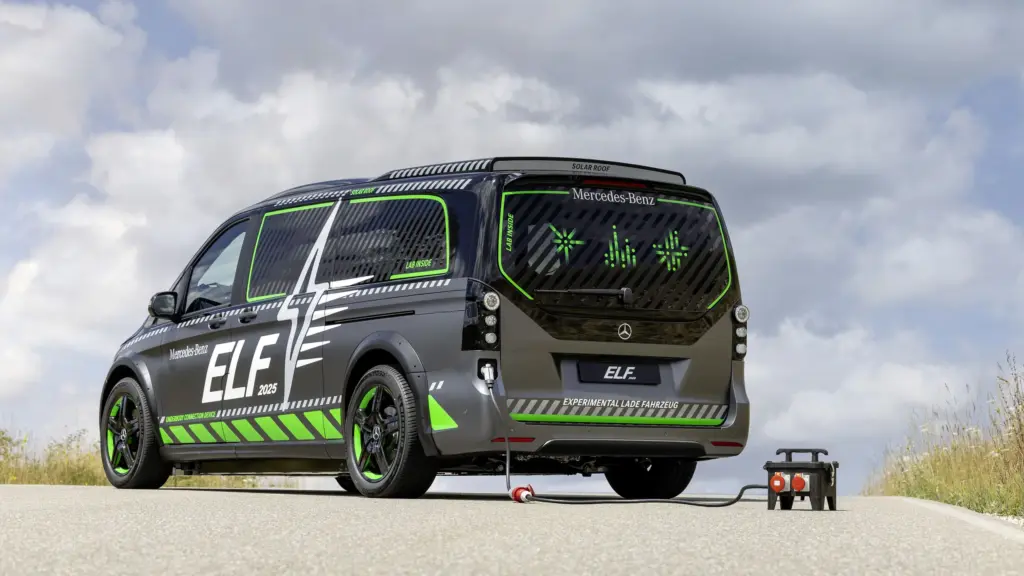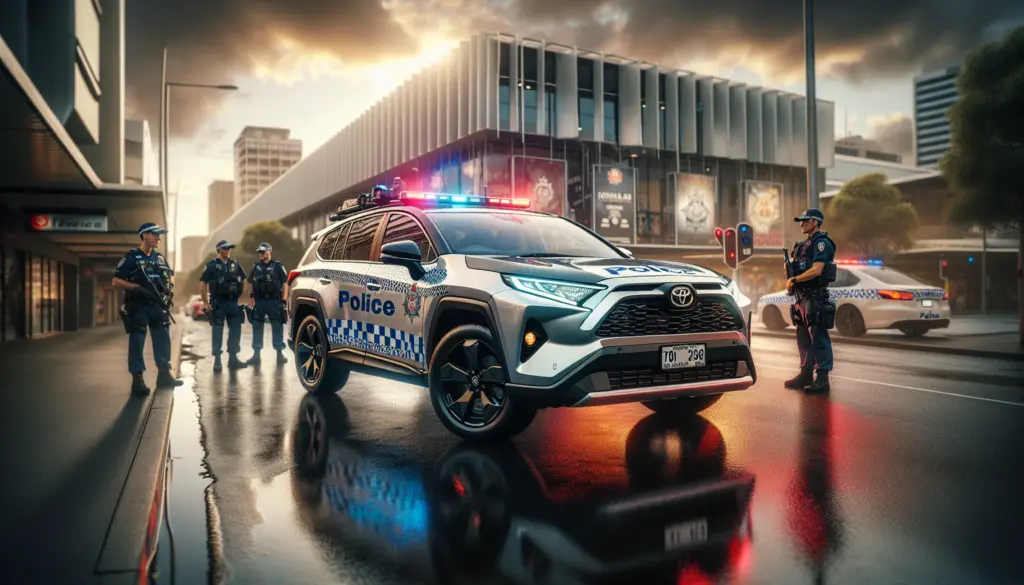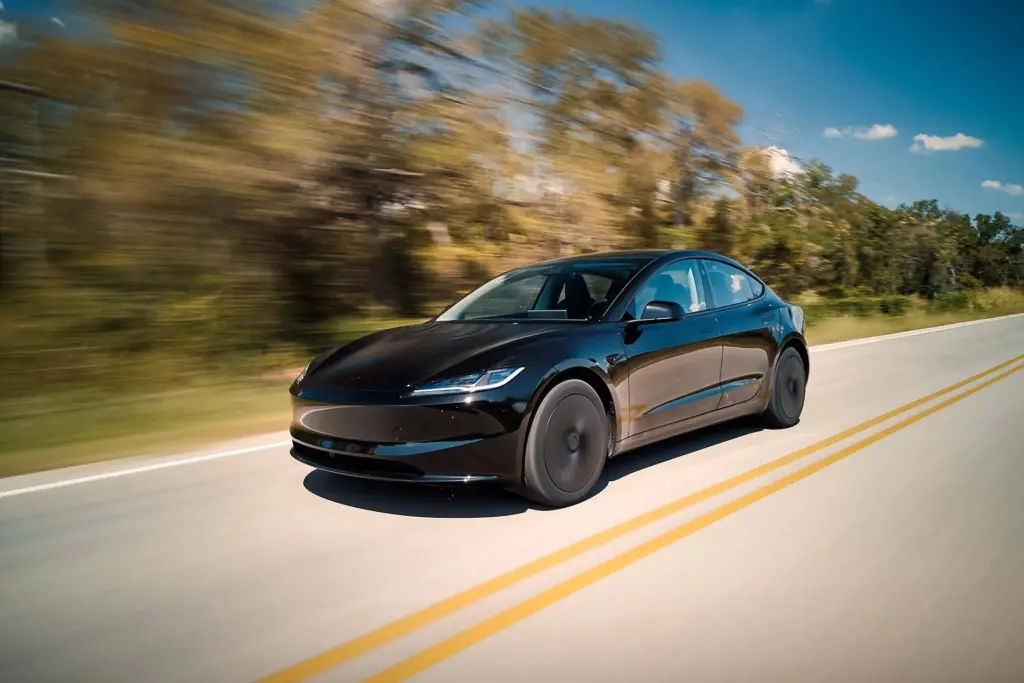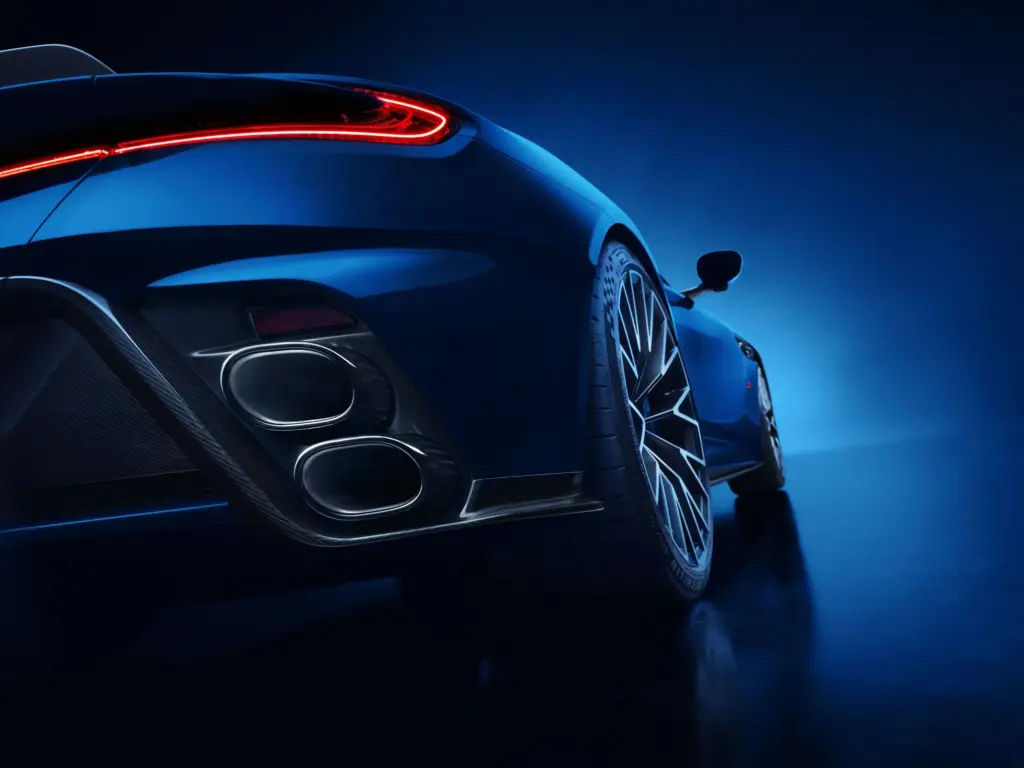If you’re one of those who thought you’d seen it all in the automotive world up until age 45 or older, brace yourself: the 2026 Hyundai Santa Cruz is here to shatter your perception of traditional pickup trucks. The “Sport Adventure Vehicle” isn’t just an SUV with a bed or a disguised pickup. It’s more complex, with an international flair and features that break free from the segment’s monotony. Don’t believe us? Read on – because every detail in this spec sheet will make you question what you truly expect from a modern utility vehicle.
Is the 2026 Hyundai Santa Cruz Truly Unique or Just Another Misfit?
Obviously, traditional players will turn up their noses at a vehicle that blends an SUV and a pickup, but the Santa Cruz is far from just another Frankenstein. For 2026, it sports a robust look inspired by the previous facelift but gains some rather significant technical updates – like the switch from the old DCT (dual-clutch) transmission to an 8-speed automatic in the turbo versions, aiming for smoother performance for those who dislike jerky shifts in urban traffic.
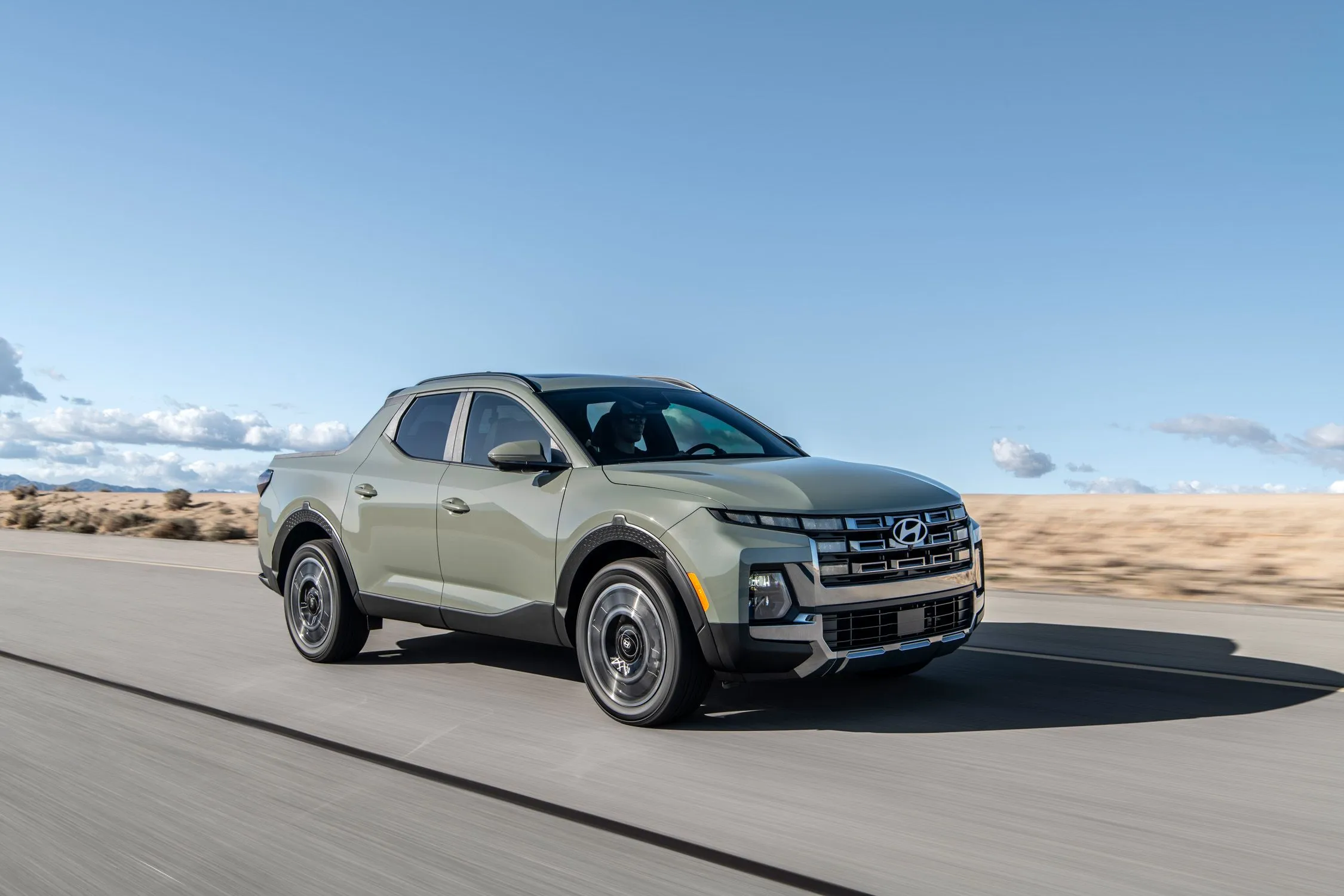
In fact, few brands dare to position themselves so globally. The Santa Cruz targets men tired of limitations and aims to offer a comfortable experience, but with that elusive versatility everyone promises and few deliver. The result? More space for family adventures, but also ready to tackle dirt roads and the dreadful daily commute. And you, still think all pickups are the same?
What Are the Most Impactful New Features for the 2026 Santa Cruz?
The biggest transformation was precisely the automatic transmission for the turbo models. This change isn’t just engineering fussiness with free time: it’s a direct response to those who complained about jolts and lack of comfort in daily use. The outcome? Smoother gear changes, increased durability (forget the fear of dreadful maintenance), and smarter drivability.
Another noteworthy novelty is the 2026 XRT version, now featuring terrain mode selector (“Mud, Snow, Sand”). You know that moment when you cuss because you’re stuck in the mud? Well, the Santa Cruz is now more ready for anything, even challenging proposals from pickups like the 2026 Volvo EX30 Cross Country, naturally accounting for segment differences, but proving how the market demands off-road intelligence even from SAVs.
What Are the 2026 Santa Cruz Versions, Features, and Key Specifications?
There are three trims: SE/SEL (base/mid-level), XRT (adventure), and Limited (luxury). All come with a respectable equipment package in a world where every extra is sold almost like a relic. The prices, to make your international comparison easier, start around $28,000 USD for the entry-level trims and go up to $42,500 USD for the top-tier model. If you like converting values, that’s about €26,040 to €39,525, depending on the trim – but that’s without taxes and fees, so don’t freak out.
The engine range varies from a naturally aspirated 2.5L (191 hp/177 lb-ft) to a 2.5L turbo (281 hp/311 lb-ft), both paired with the new automatic transmission. Front-wheel drive is standard, but if you’re not keen on sliding around for free, AWD (HTRAC) is optional on lower trims and standard on the top ones. Like numbers? The turbo goes from 0 to 60 mph in about 6.5 seconds – outperforming even conventional mid-size SUVs in this market niche.
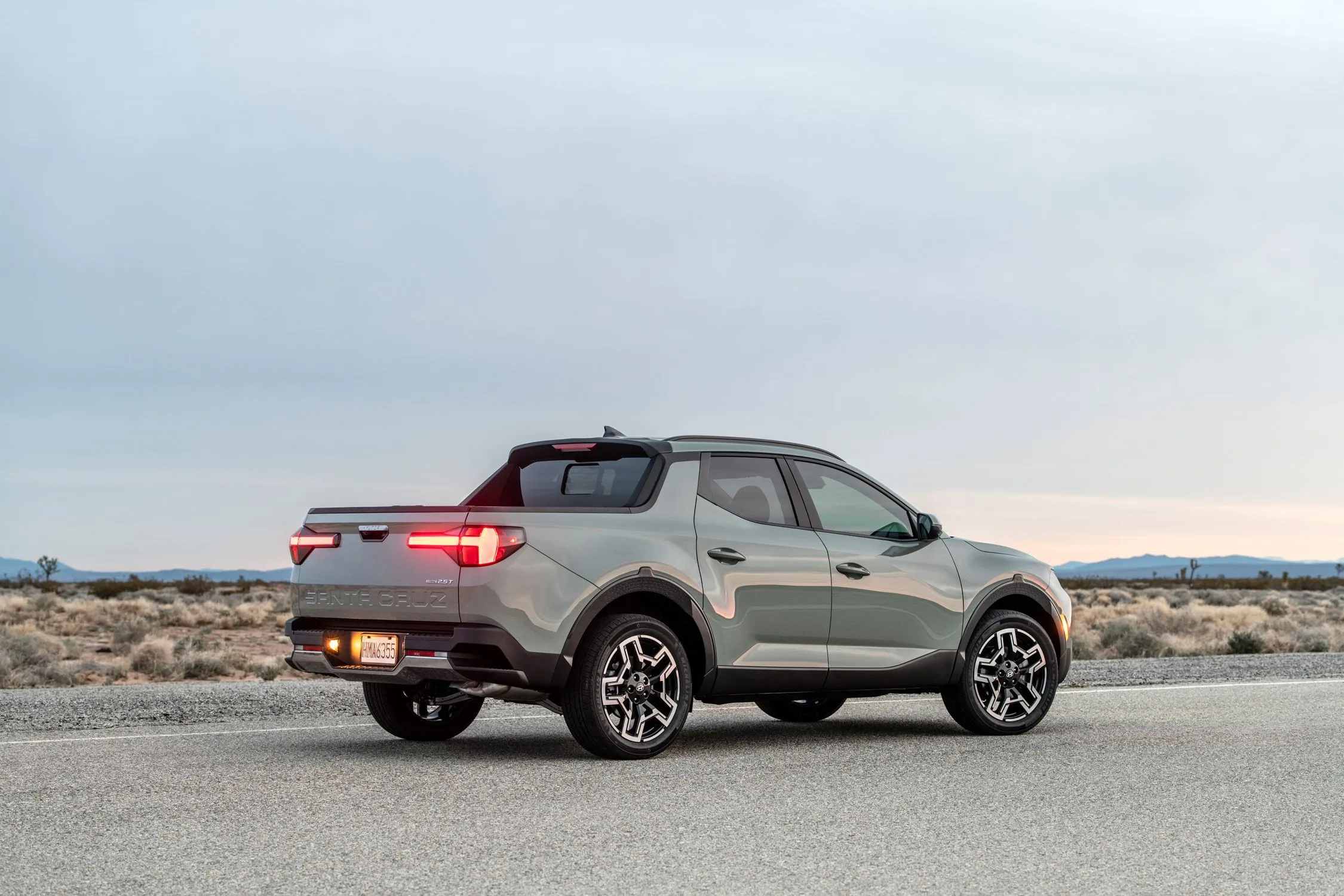
Trim comparison table:
- SE/SEL: Base with wireless Apple CarPlay/Android Auto, 12.3″ digital cluster
- XRT: Terrain selection, all-terrain tires, standard AWD
- Limited: 20″ wheels, ventilated leather seats, Bose system, driver assistance
How Does the 2026 Santa Cruz Fare in Comfort, Practicality, and Technology?
It’s no exaggeration to say the Santa Cruz’s interior is enviable! Two 12.3-inch screens, refined finishes, intuitive controls, and ventilated seats in the top models. The cabin allows five adults to spend hours without getting on each other’s nerves, maintaining comfort even for those with backs worn out by time.
Practicality is also surprising: a bed with about 26.8 cubic feet (yes, it’s not huge, but for mixed urban and leisure use, it’s more than sufficient). Hyundai has focused heavily on modularity – folding seats, hidden storage compartments, and top-tier connectivity. If you think this talk is just fluff, I recommend giving other modern SAVs a chance too, like the 2026 Kona hybrid, which shows how technology has become a mandatory weapon in the segment.
Santa Cruz vs. Competitors: Ford Maverick, Montana, and Others! Who Wins?
Want to know about a real showdown? The most direct competitor is the Ford Maverick, which still offers a hybrid version and generally a lower price (in US dollars, even). The Santa Cruz stands out with its innovative design and superior towing capacity in the turbo version, but it falls short in fuel economy – mainly due to losing out on the efficiency of hybrids.
The comparison with entry-level pickups, like unibody models (such as the Montana), is almost unfair. The Santa Cruz excels in torque, features, and refinement, but it comes at a steep price. And of course, let’s not forget to look further: other global brands offer robust alternatives, like the 2026 GMC Acadia Denali Ultimate, which broadens the discussion on what is truly expected from a global utility vehicle.

Quick comparison in bullet points vs. Maverick:
- + More refined and tech-forward interior in top trims
- + More sophisticated AWD, superior towing capacity
- – Higher fuel consumption in turbo versions
- – Lack of a hybrid option (at least so far, Hyundai missed a big opportunity!)
- – Higher starting price
What Are the Main Pros and Cons of the 2026 Hyundai Santa Cruz?
Let’s be straightforward:
- Pros
- Powerful Turbo Engine (281 hp!)
- Refined automatic transmission (less hassle, more comfort)
- Premium cabin, top connectivity, dual 12.3” screens
- “Bold” design, stands out in the crowd
- Real versatility: leisure and light work
- Cons
- High price, especially for turbo versions
- Fuel consumption lagging behind hybrids (efficiency is a concern!)
- Absence of a hybrid option – a strategic point lost
- Smaller bed than traditional mid-size pickups
It’s also worth considering how other electric and hybrid options – like the 2025 MG4 EV – have evolved and influenced purchasing decisions for those seeking the future and modernity.
What Are the Key Dimensions, Capacities, and Technical Data for the 2026 Santa Cruz?
Does size matter? In the Santa Cruz’s case, the answer is yes – but with limits. It measures 195.7 inches in length, 75.0 inches in width, and 66.7 inches in height, with a 118.3-inch wheelbase. The bed, as mentioned: just over 26.8 cubic feet with a payload capacity of around 1,700 lbs.
The model also impresses with its towing capacity – up to 5,000 lbs in the 2.5 turbo AWD version. That demands respect! And the 17.7-gallon fuel tank promises good range, even for those who don’t like stopping to refuel too often.
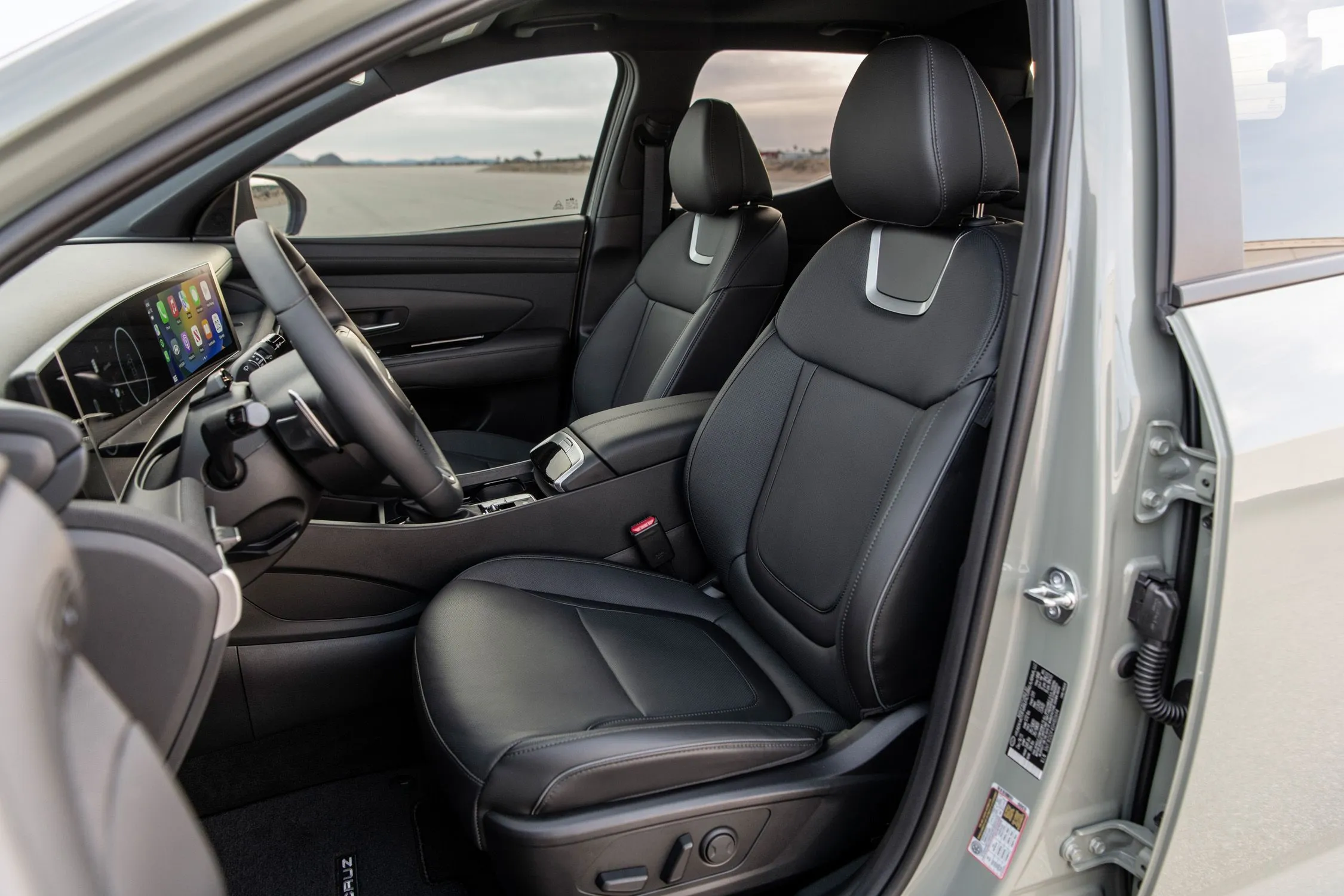
Technical summary of top trims:
- Engine: 2.5L Turbo GDI (281 hp/311 lb-ft)
- Transmission: 8-speed automatic with torque converter
- Drivetrain: Standard HTRAC AWD
- Average Fuel Economy: 22 mpg city / 27 mpg highway (EPA)
- Wheels: 18 to 20 inches depending on the trim
Frequently Asked Questions about the 2026 Hyundai Santa Cruz
- Is the Santa Cruz better than the Maverick? It depends: better in engine and luxury, but the Maverick excels in economy/hybrid option.
- Will the model have a hybrid option? So far, no. I hope Hyundai wakes up soon, as they’re missing out.
- Can I use it as a heavy-duty work vehicle? Yes, but the smaller bed limits certain types of transport. It’s not a truck, okay?
- Is the AWD system good for dirt roads? Yes, especially on the XRT and Limited trims – Terrain Mode makes a significant difference.
- Which electric rivals could pose a threat? Global models like the LiveWire and Zero electric bikes show that the EV wave is growing, but they don’t yet have SAVs like the Santa Cruz.
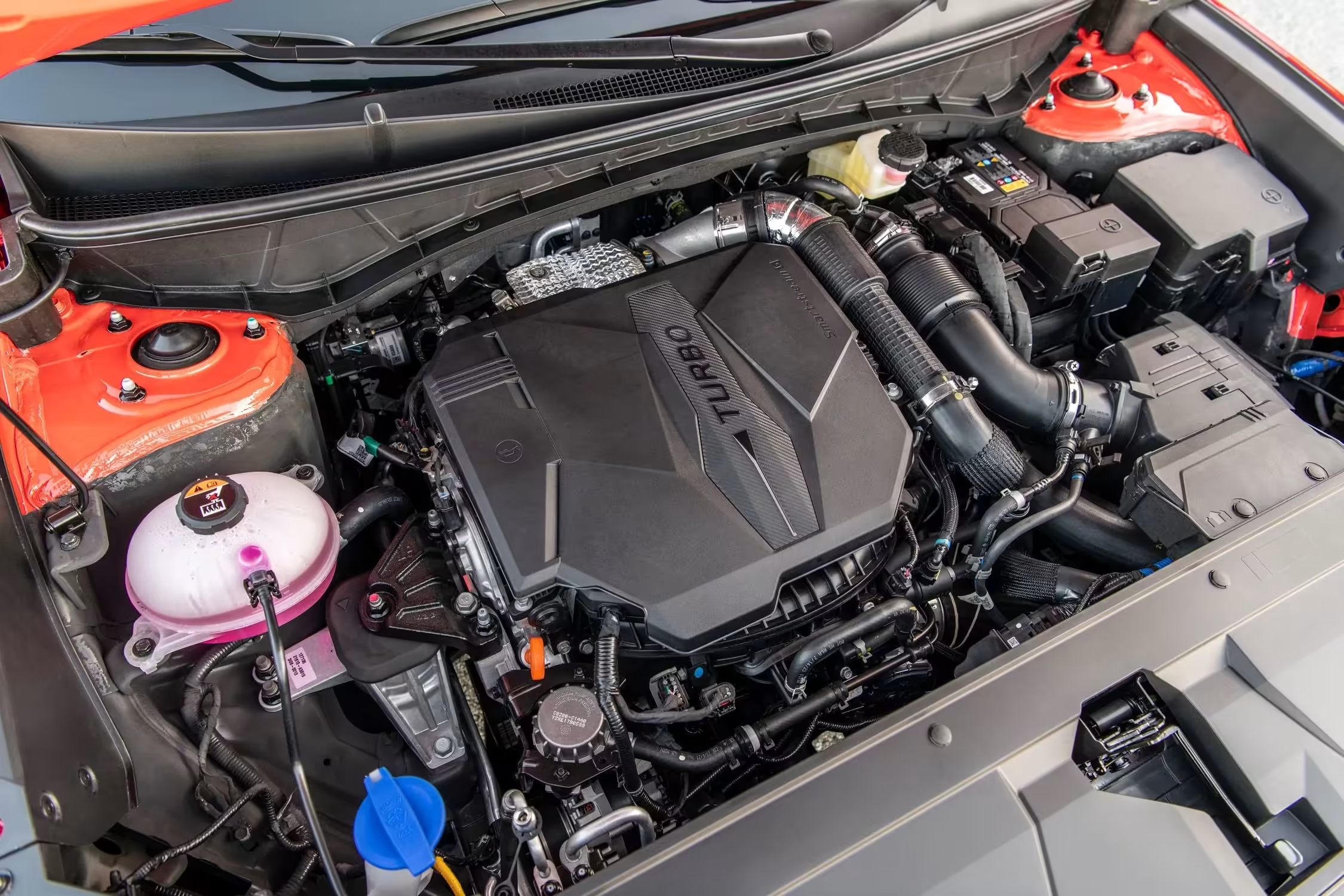
External sources on international SAV pickups:
What’s my opinion after all this?
I’m tired of manufacturers promising the future and delivering the same old “clunker” generation after generation. To me, the 2026 Hyundai Santa Cruz isn’t a one-size-fits-all solution, but it’s courageous in challenging limits – whether in its striking design, its comfort solutions, or by provoking the pickup/SAV segment. I know it’s not perfect: it’s expensive, not as efficient as a hybrid, and still needs to improve its bed modularity. But in a sea of rigid pickups, this Korean vehicle is a breath of fresh innovation – especially if you’re looking for something truly different, with technology and global appeal. It’s for those who are tired of shying away from the obvious, without fear of paying (and demanding) for it.
So, are you going to face a Santa Cruz, or do you remain loyal to the old pickup concept? Tell me in the comments: are you on Team Tradition or Team Innovation? I want to know (and discuss if necessary) your point of view!

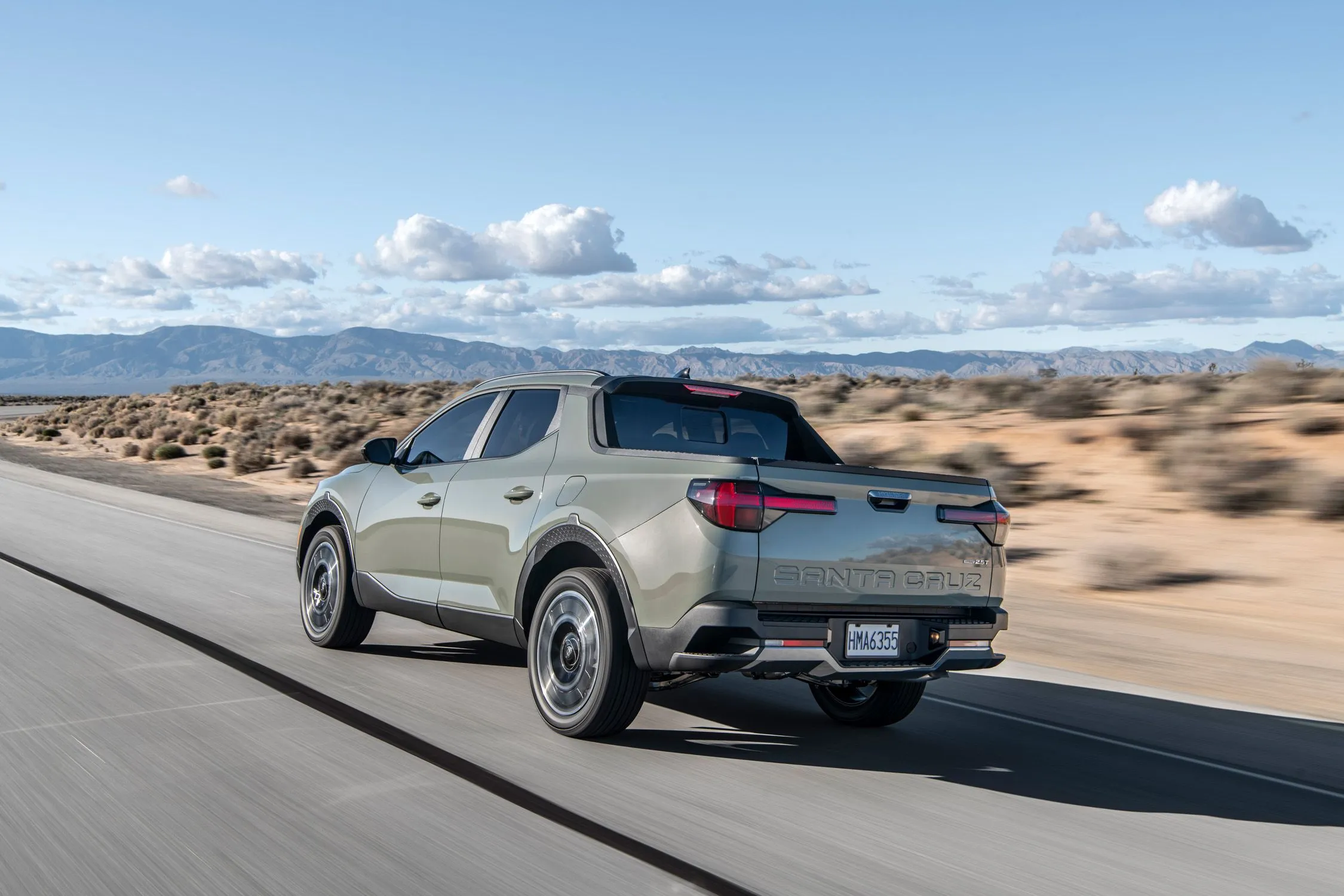
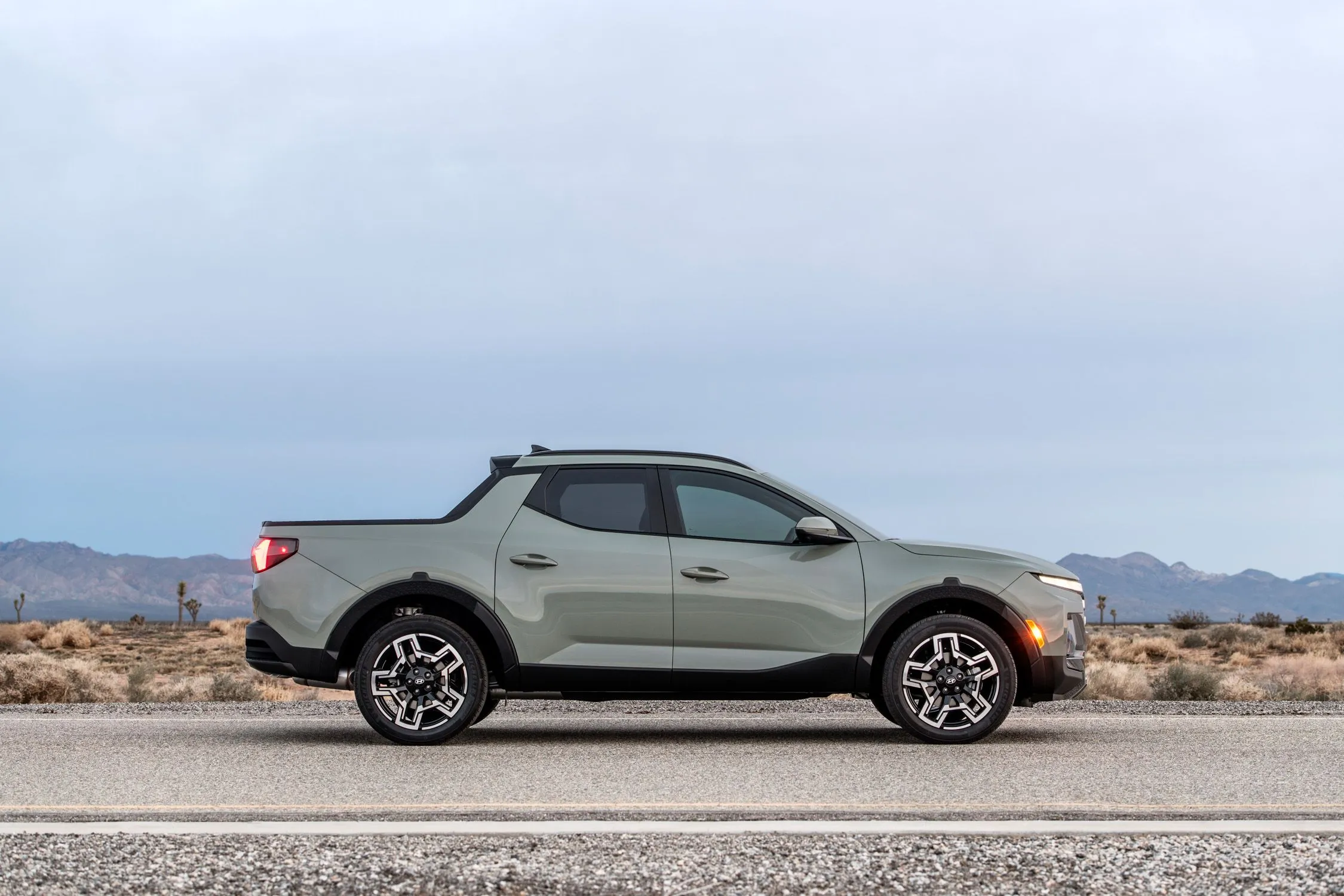
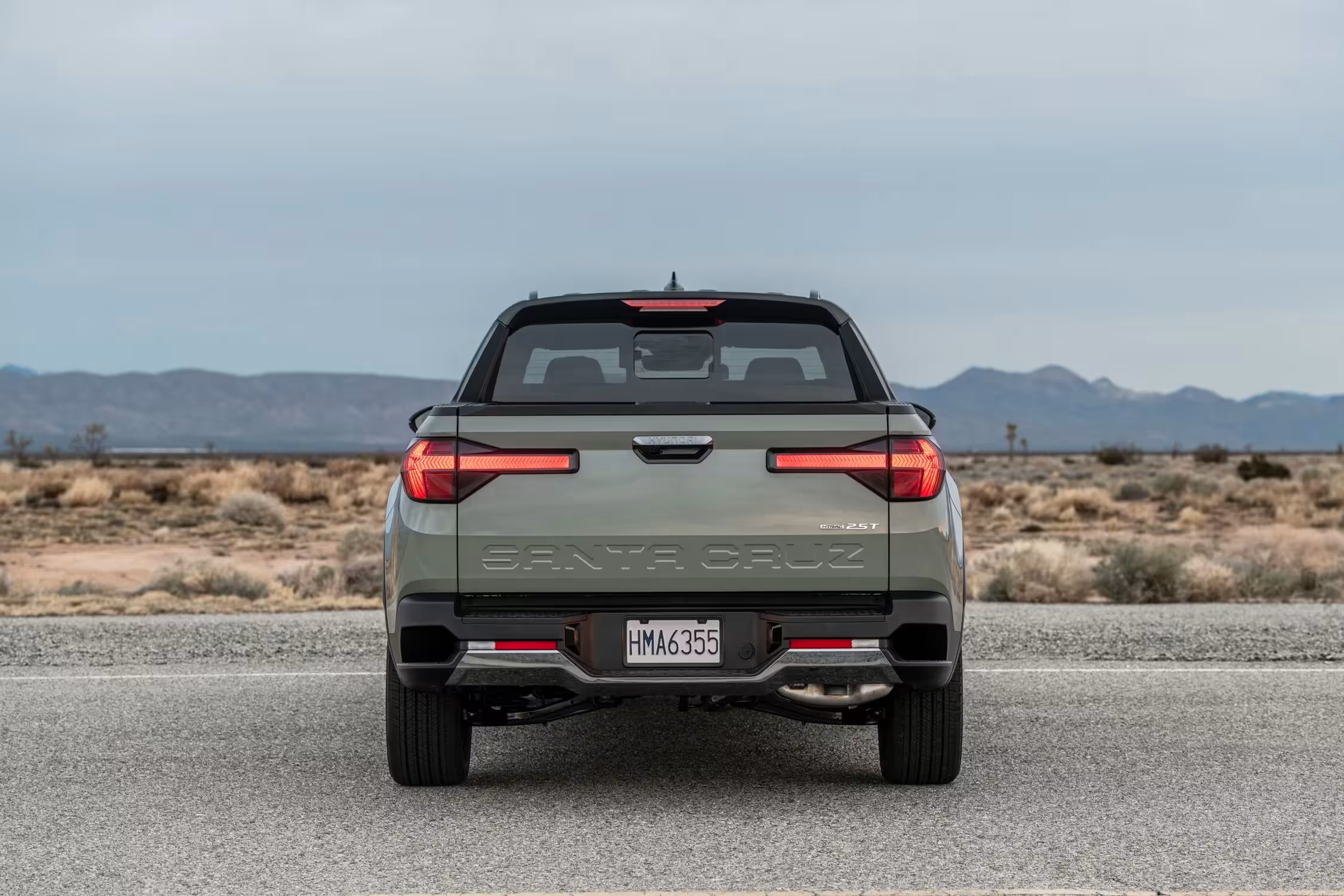

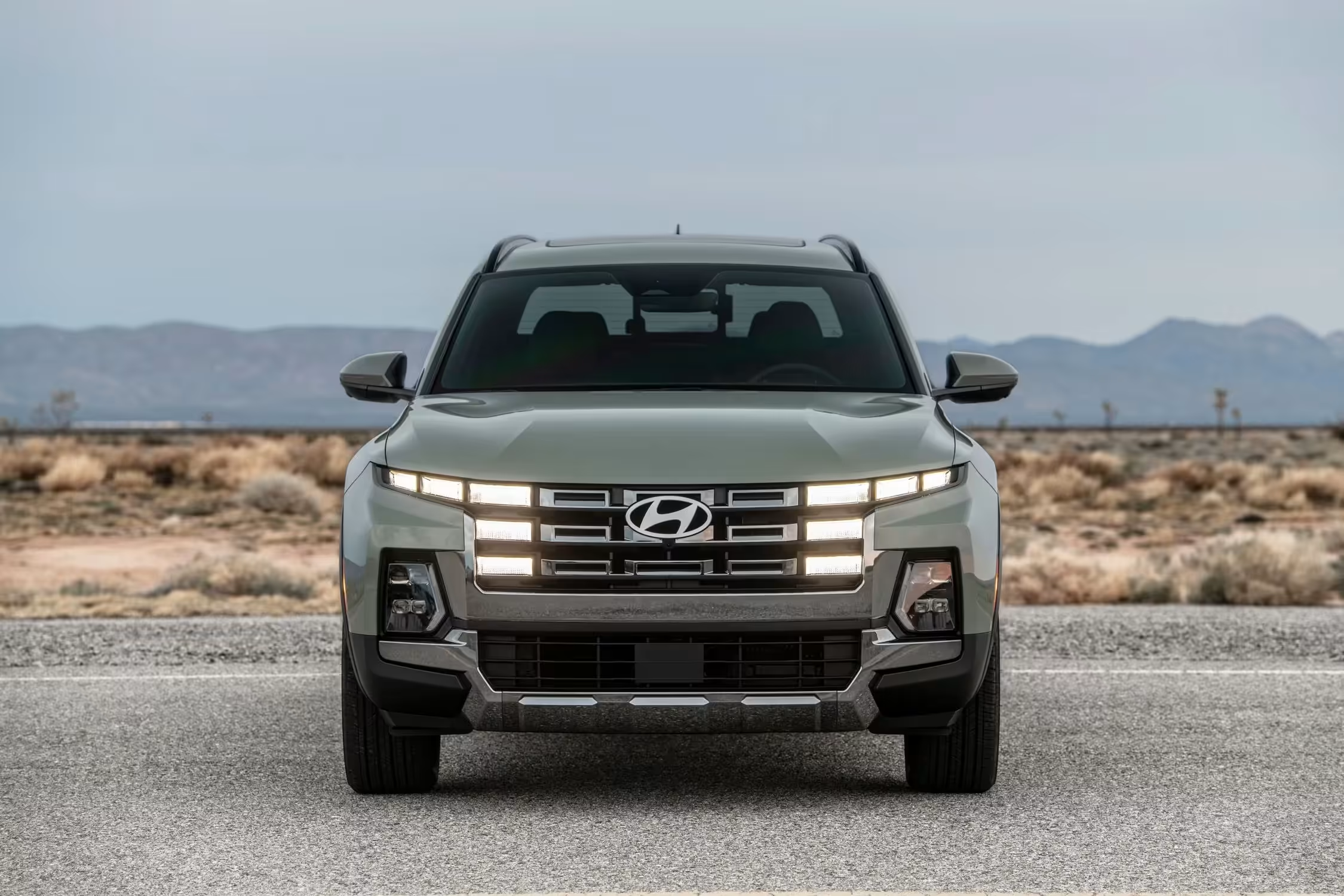
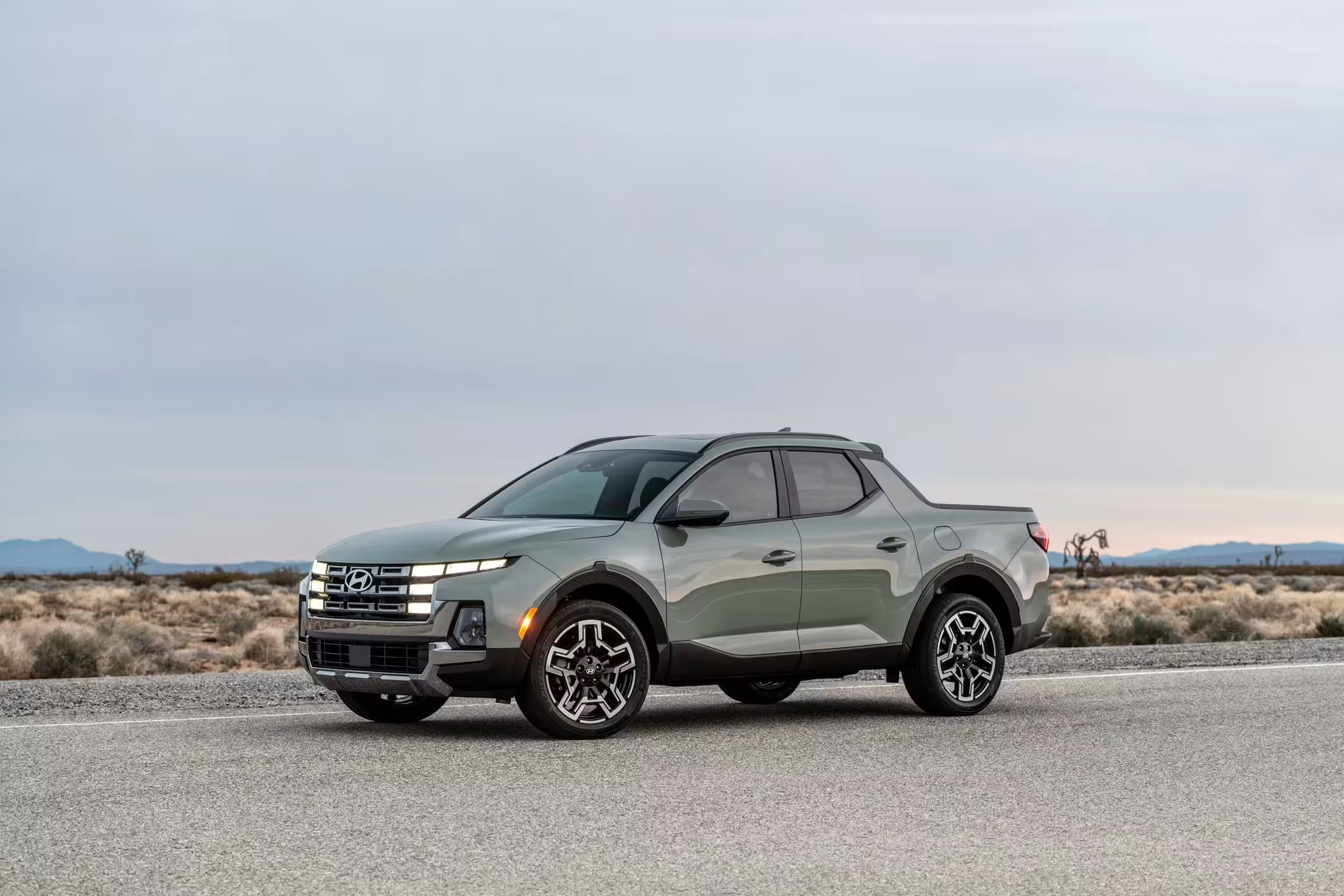
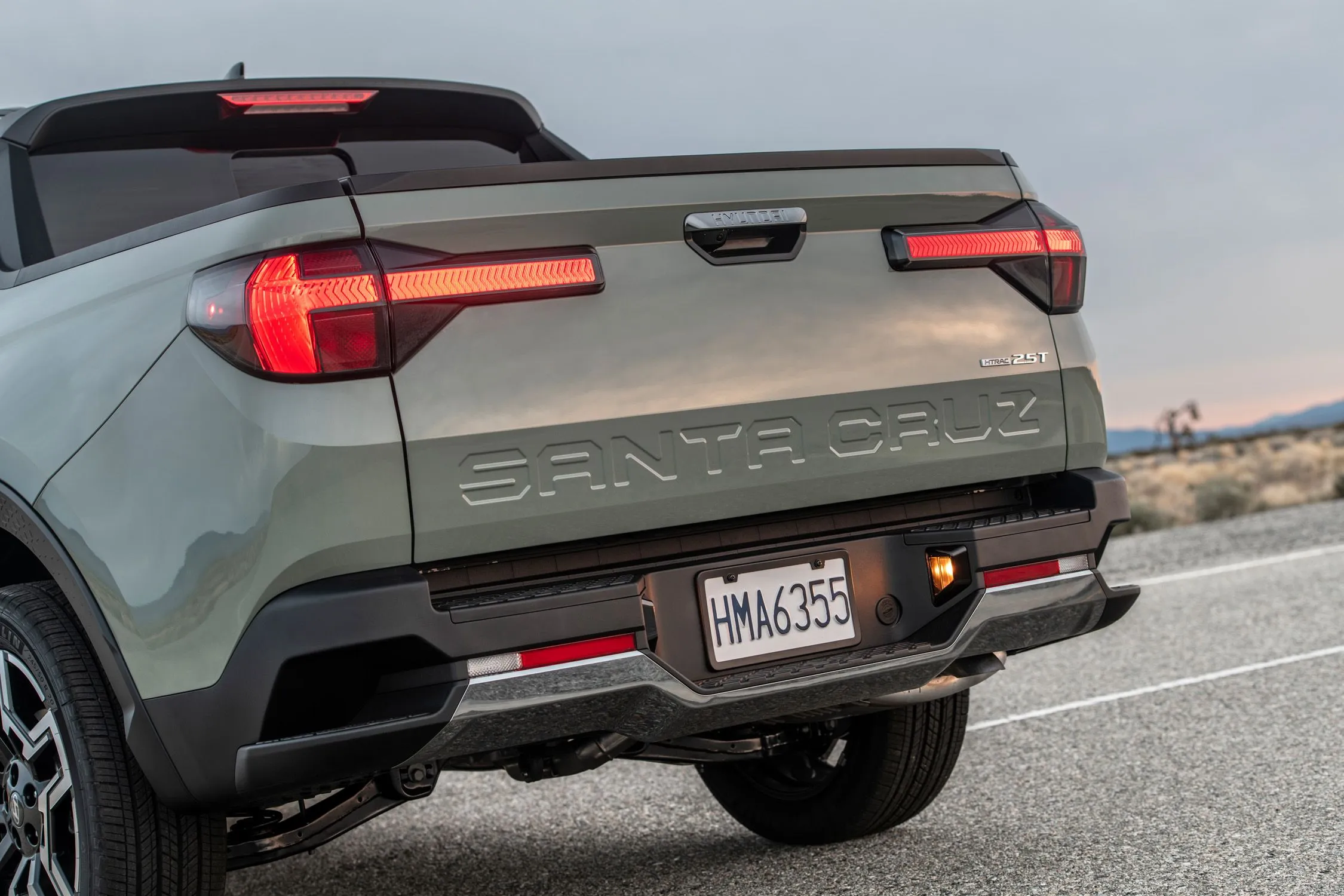
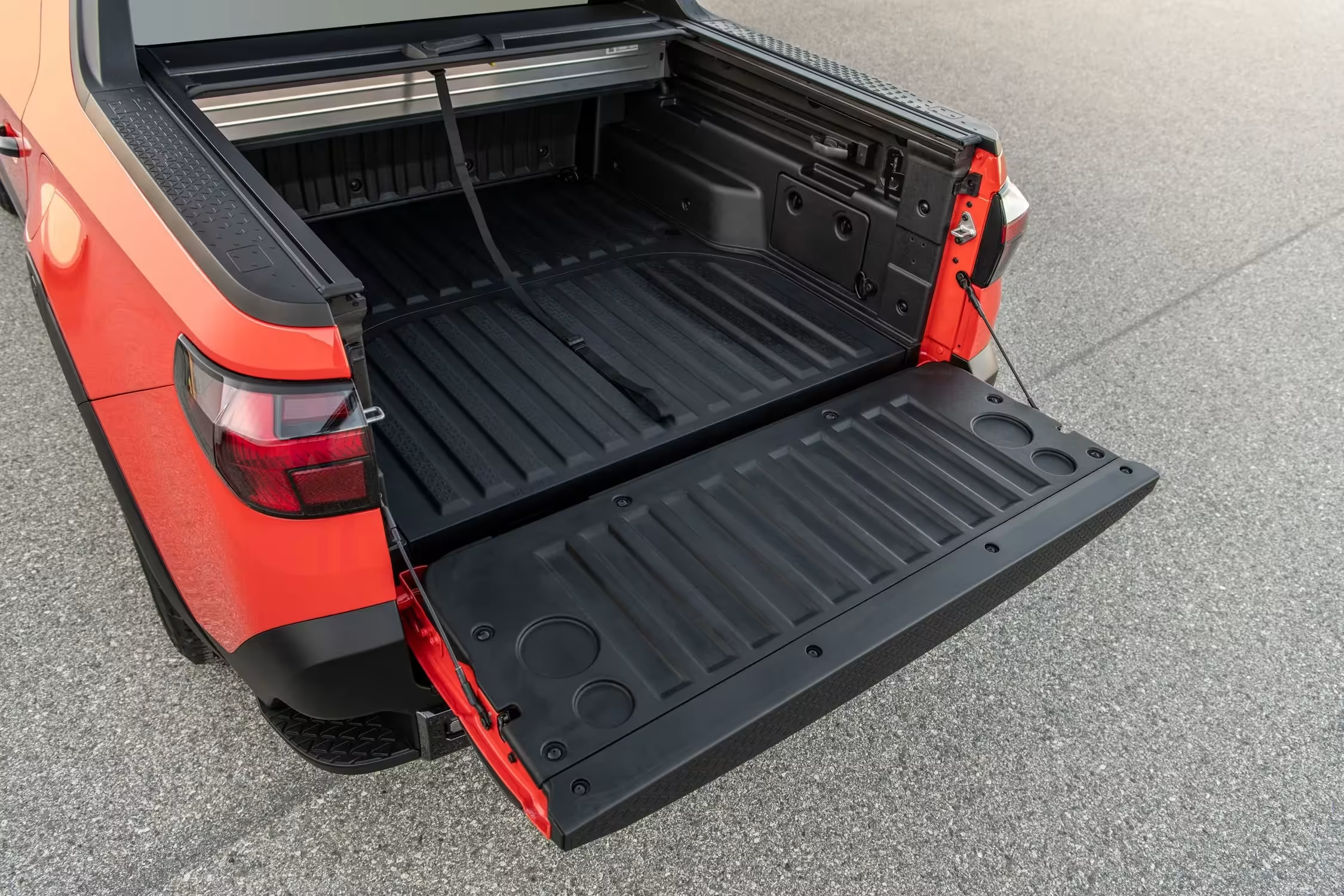
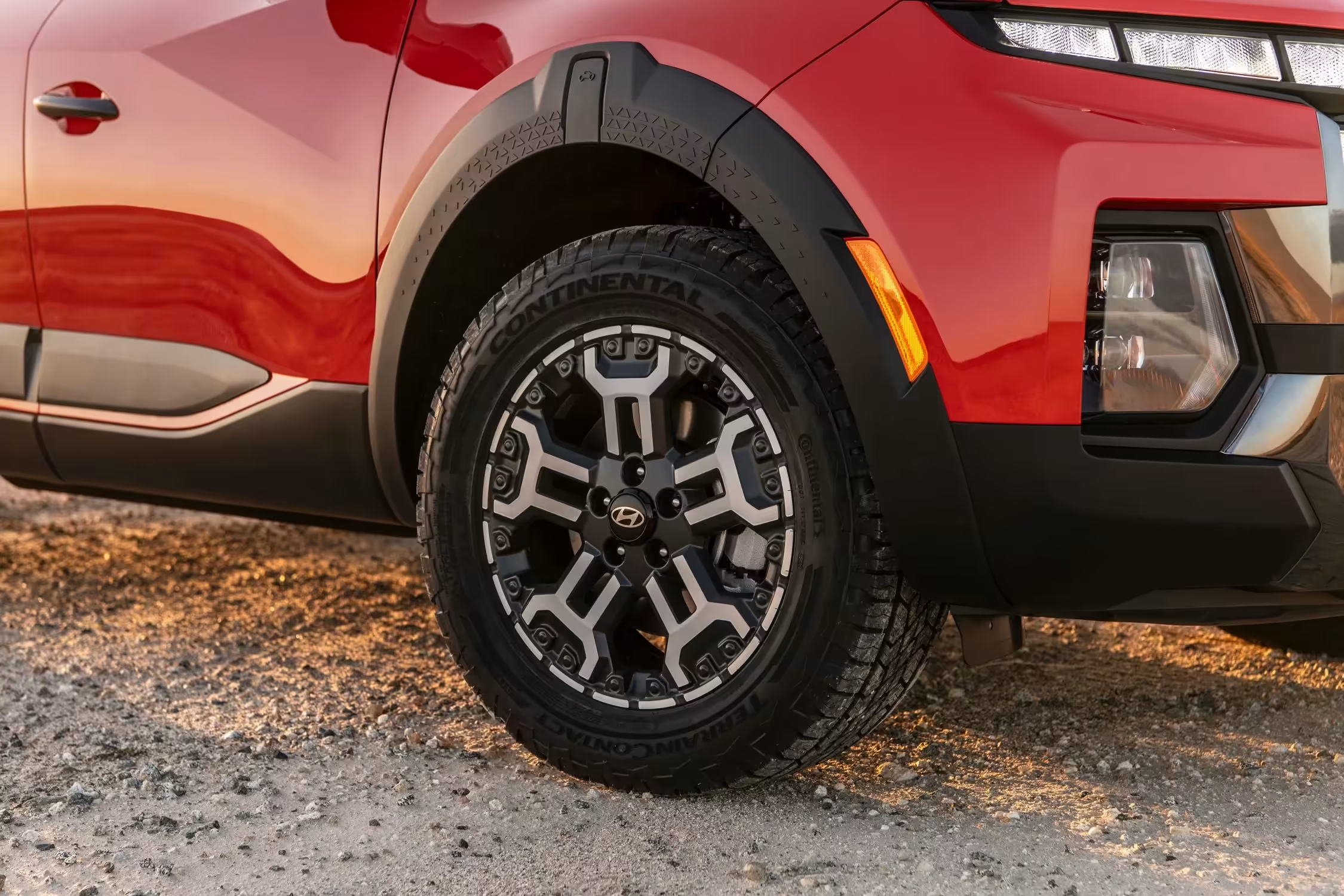
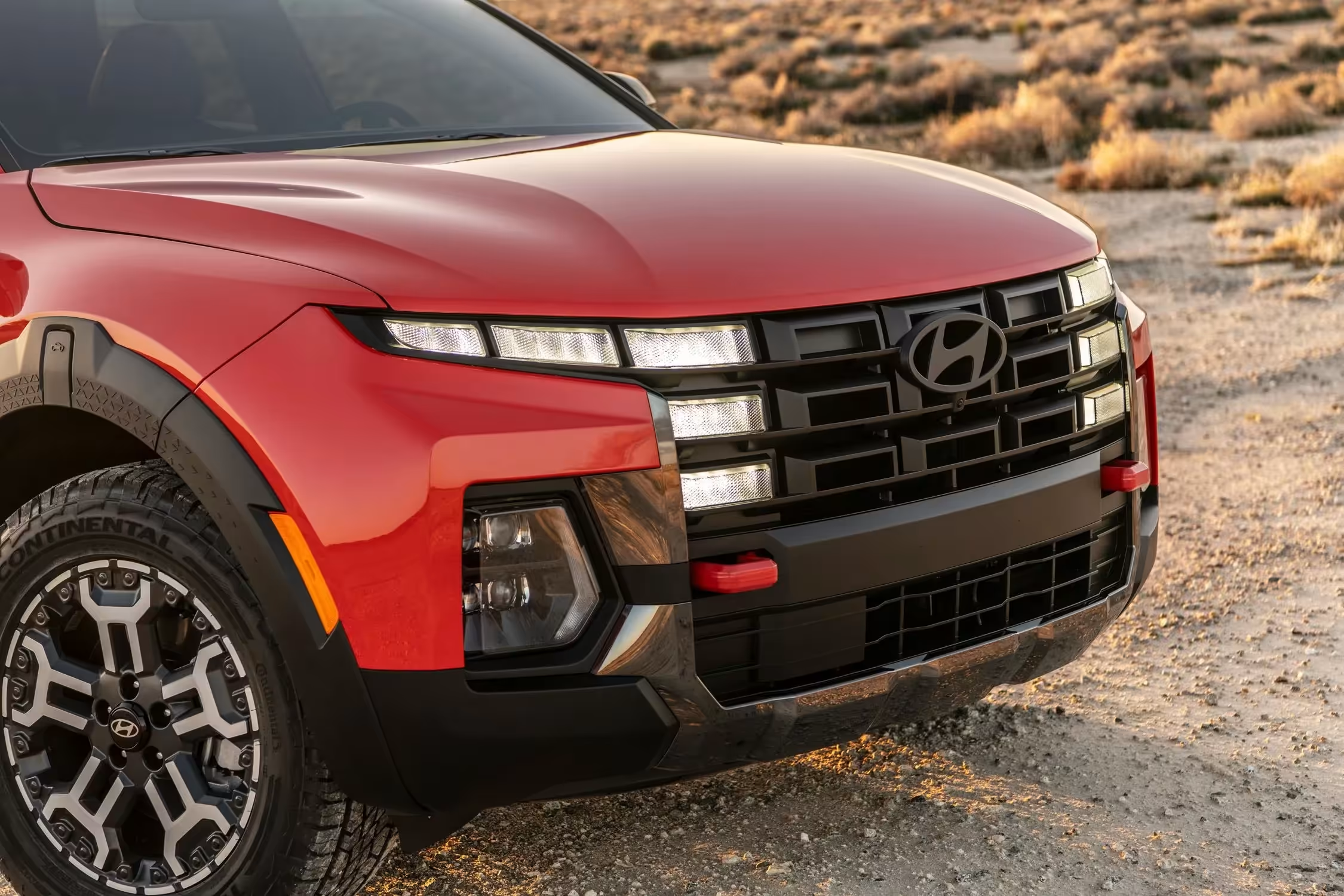
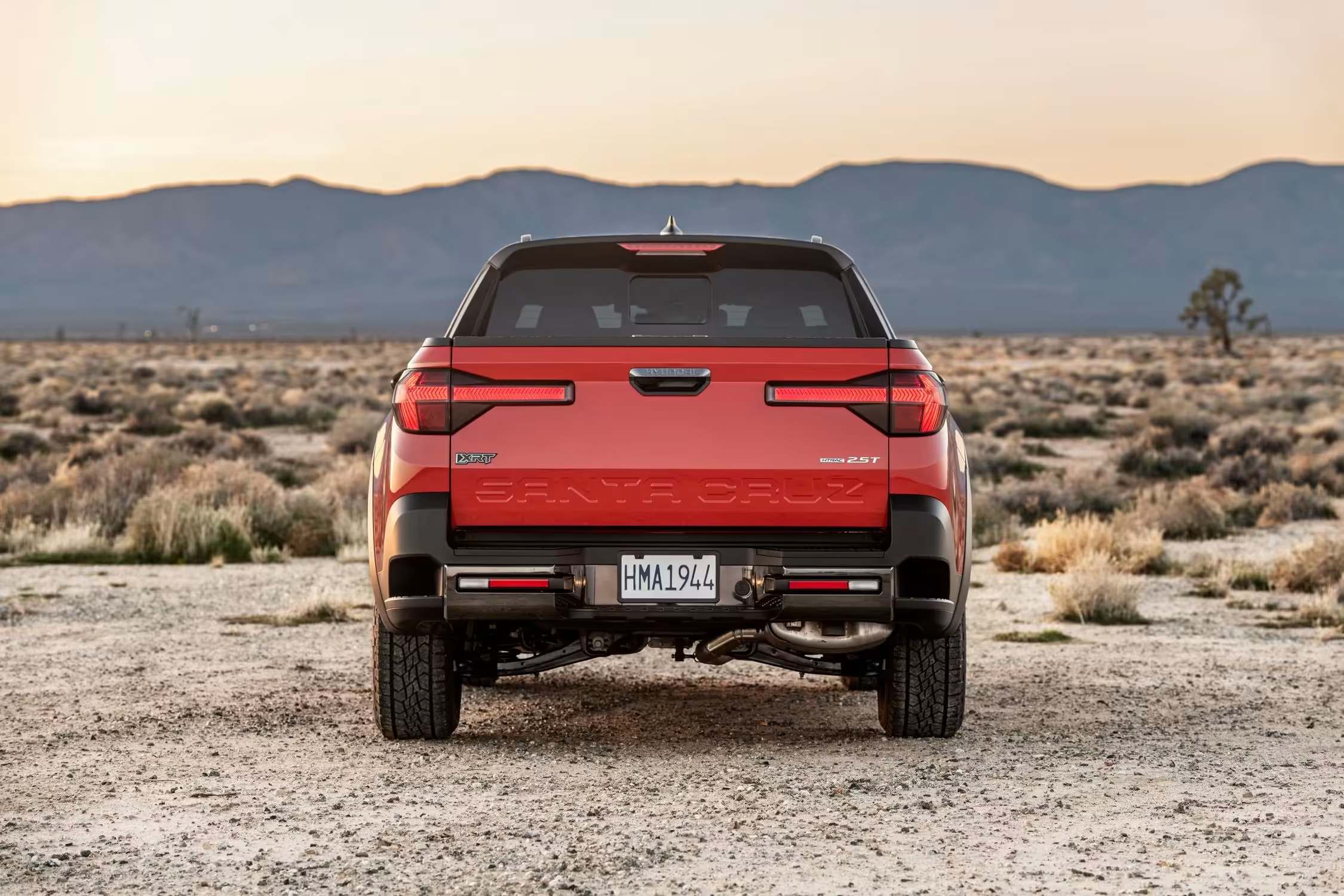
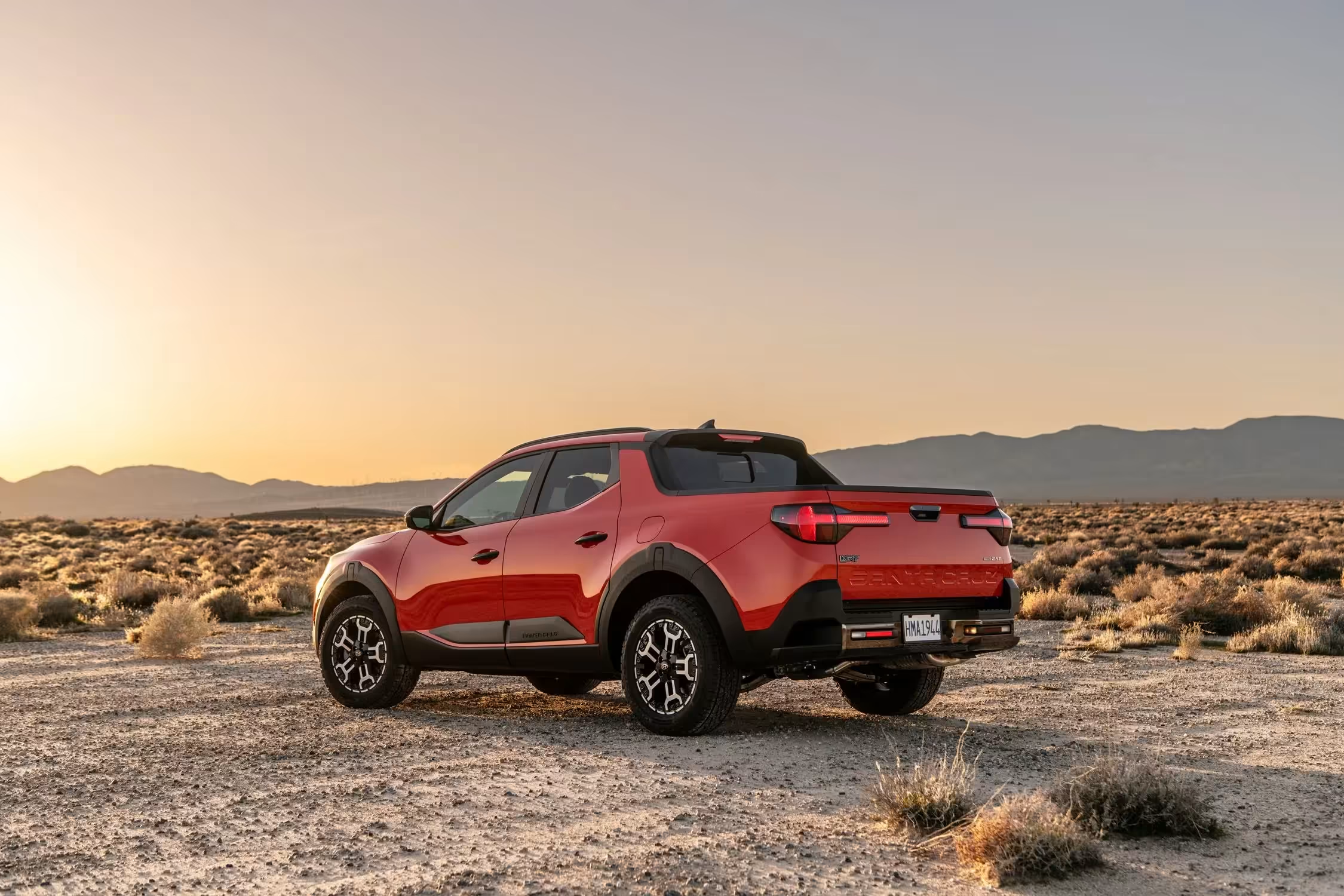
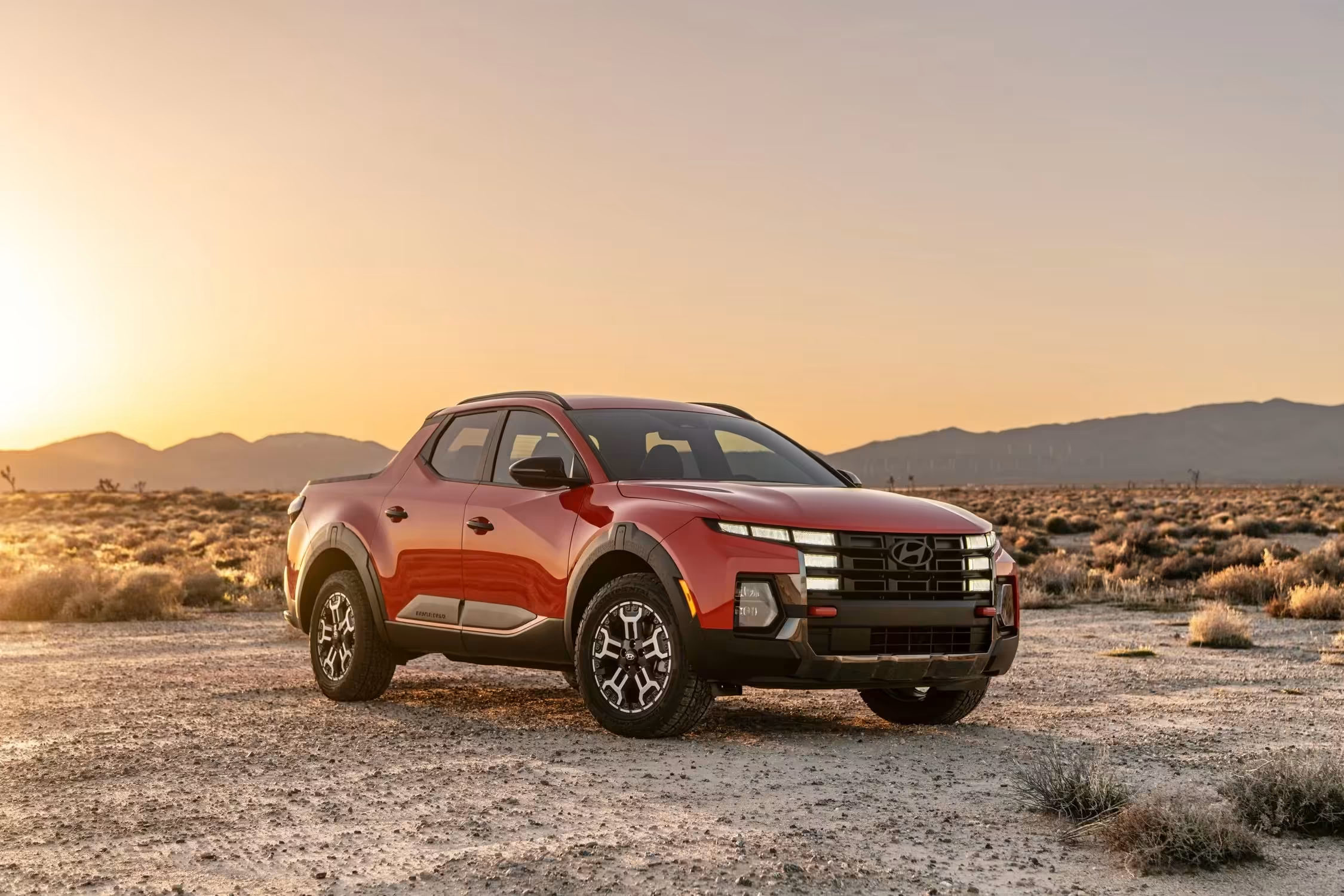

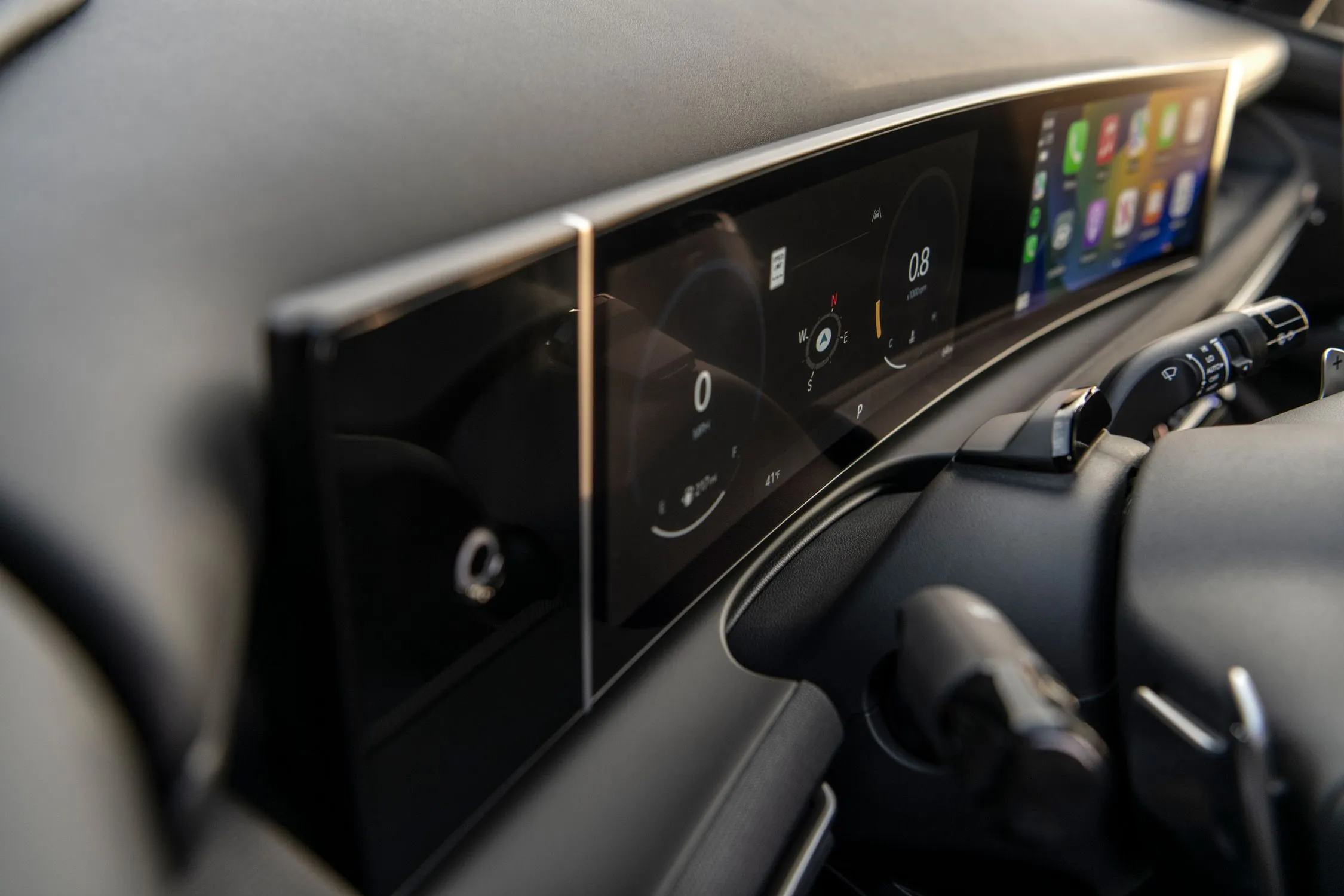




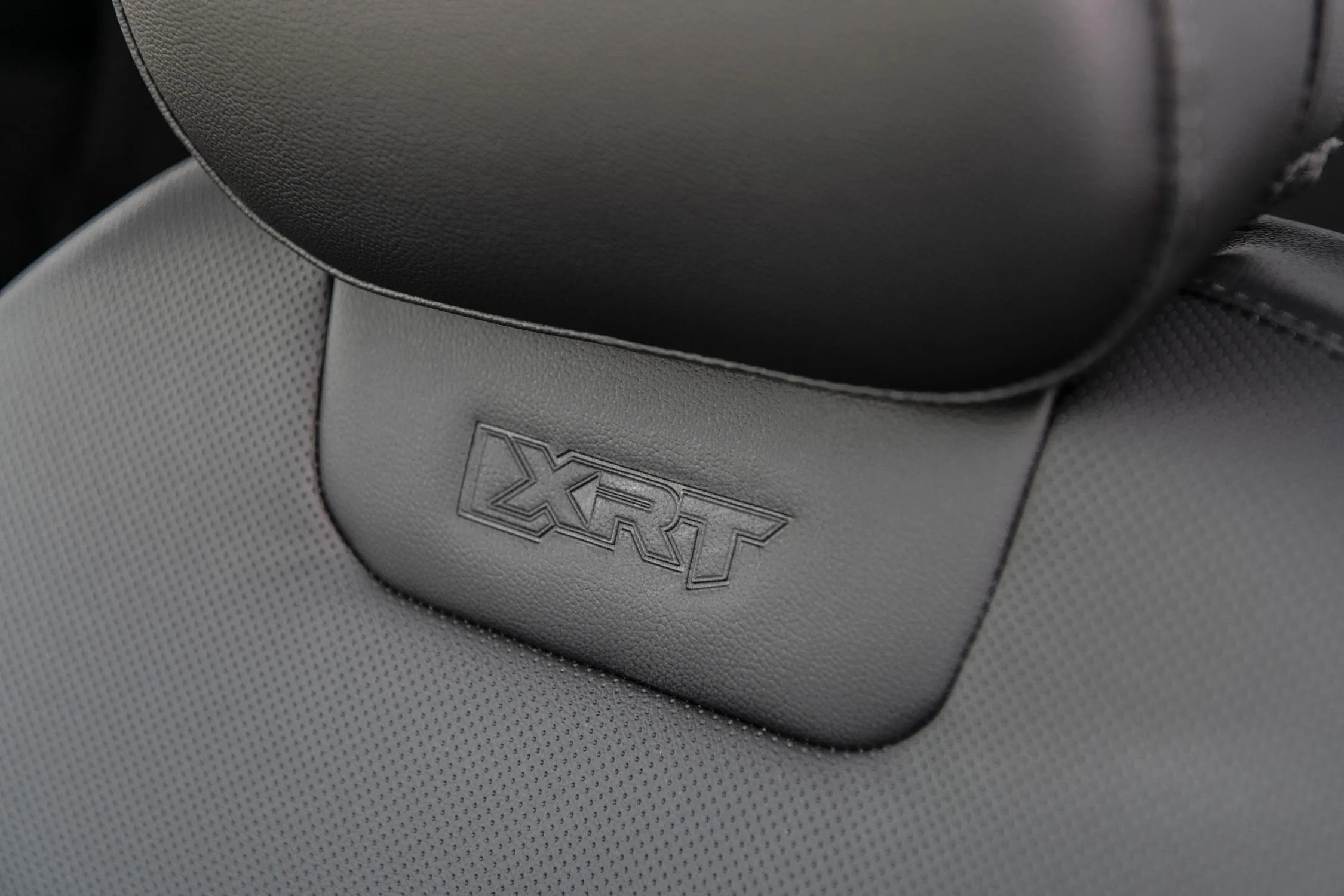
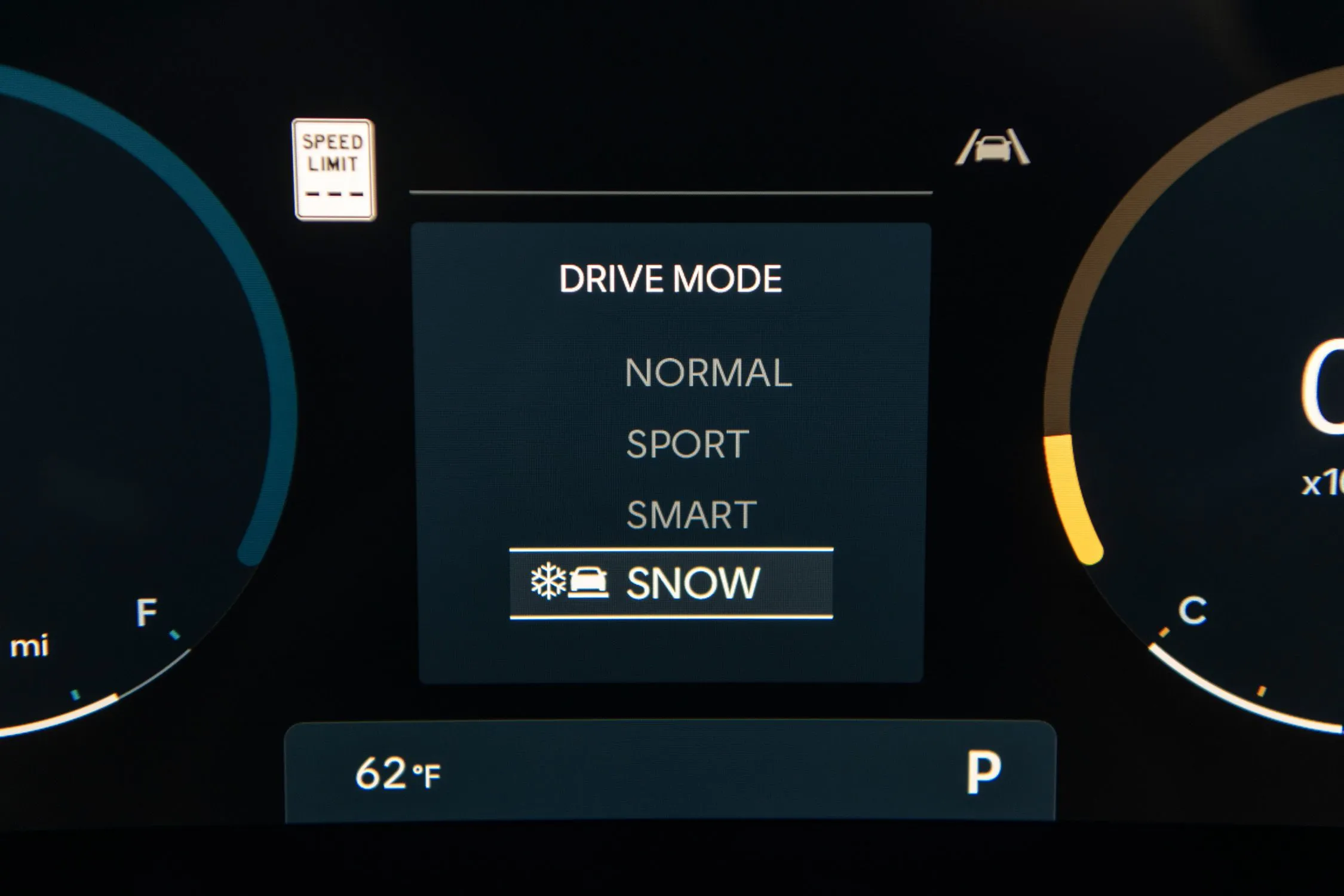

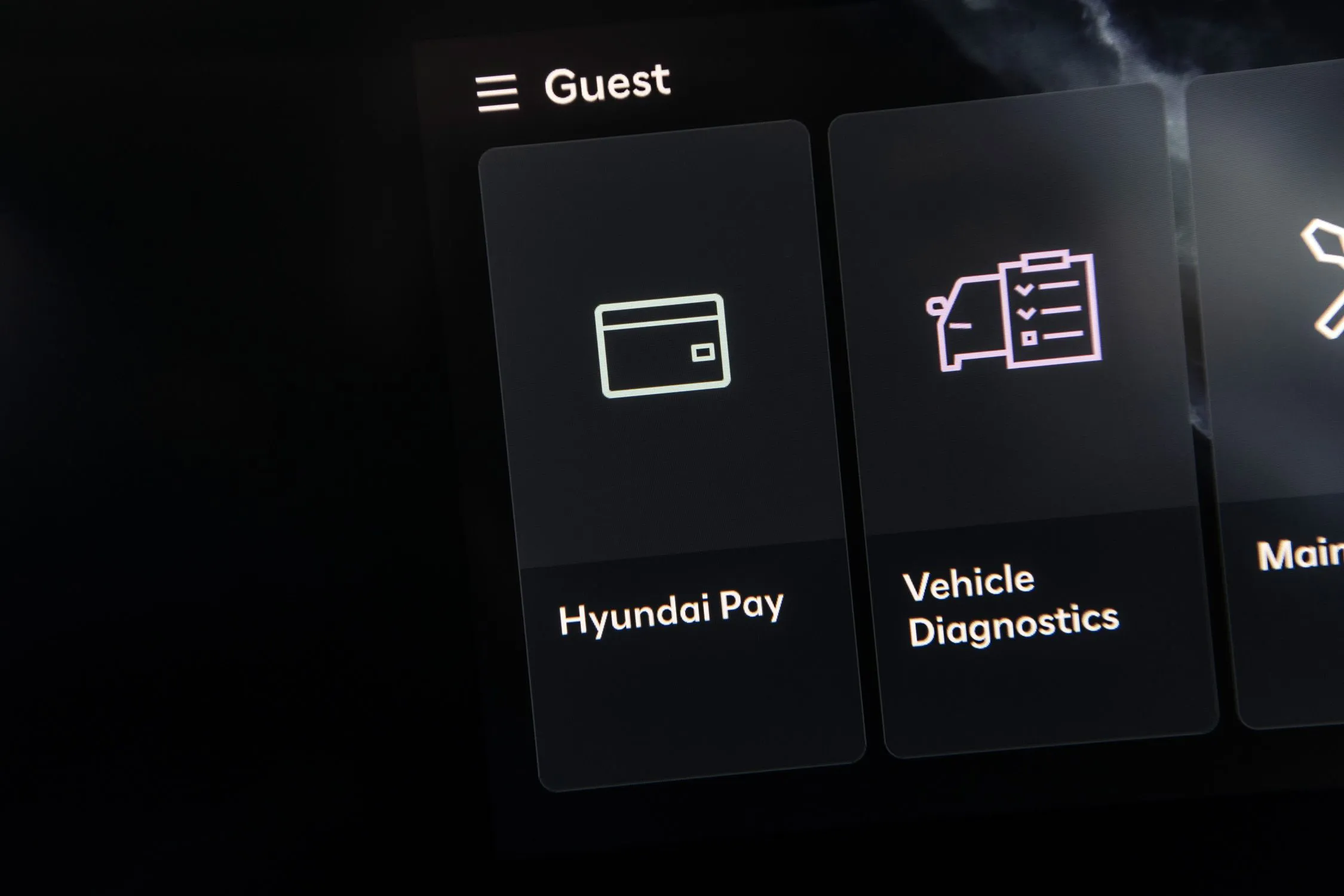


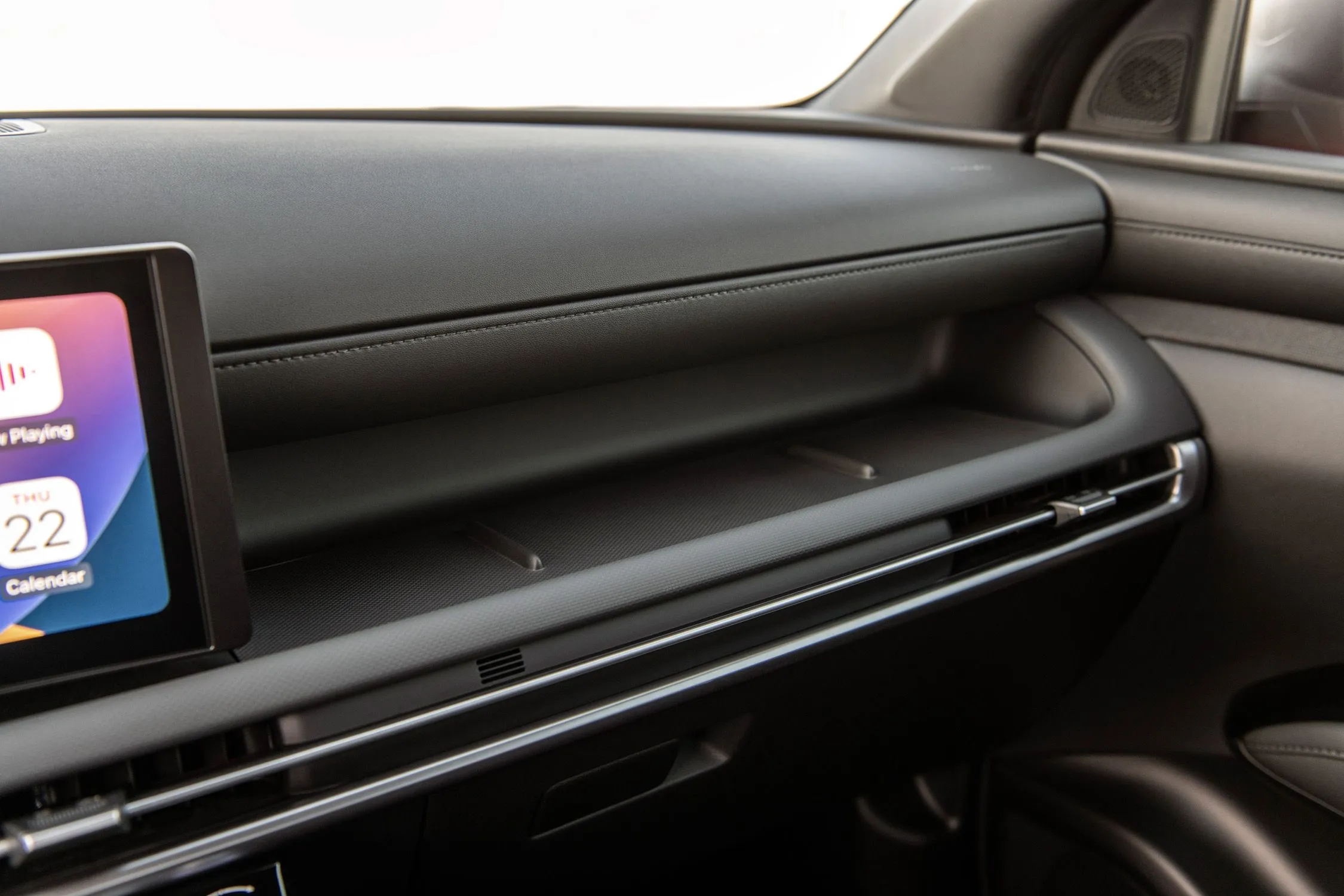

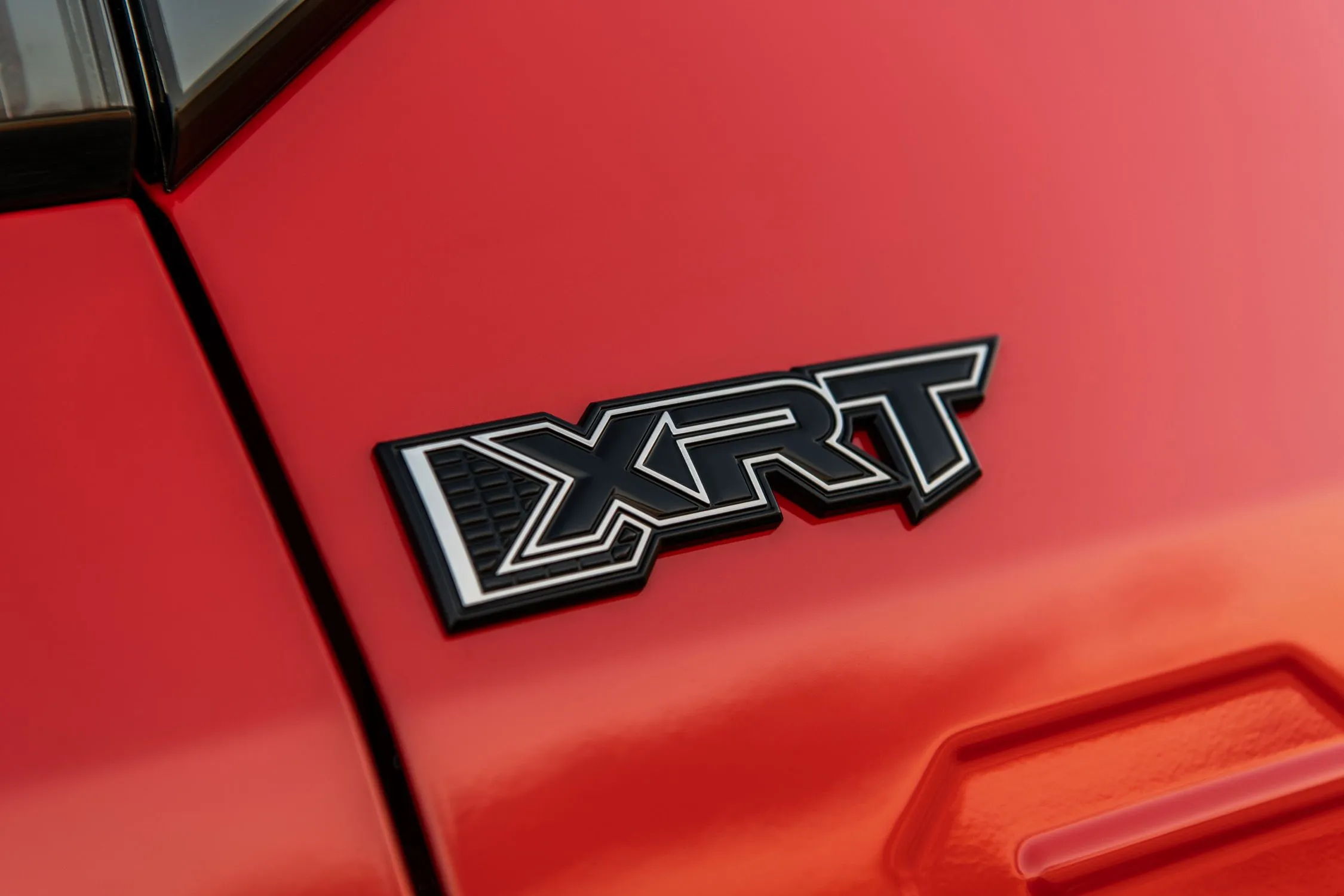
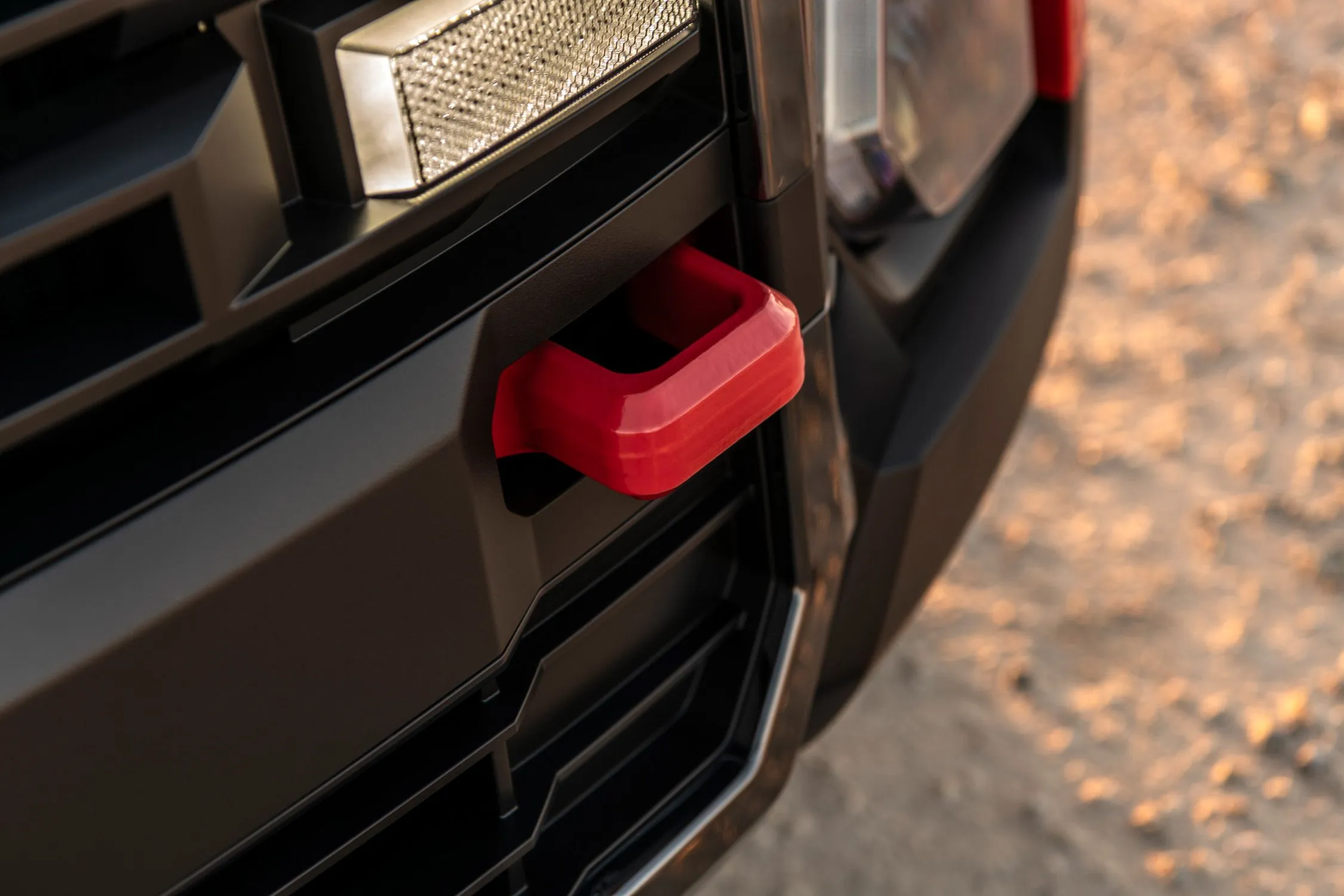
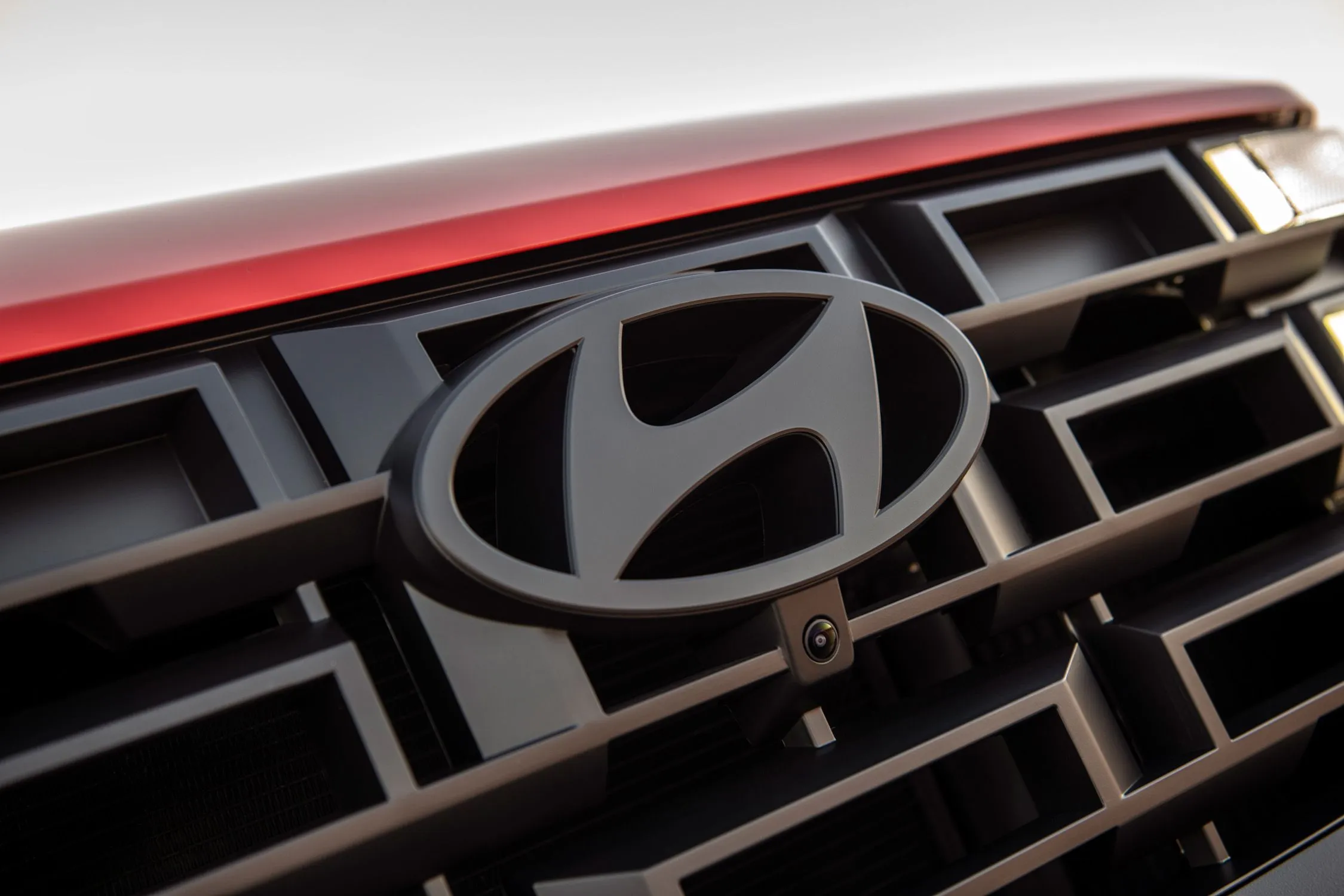
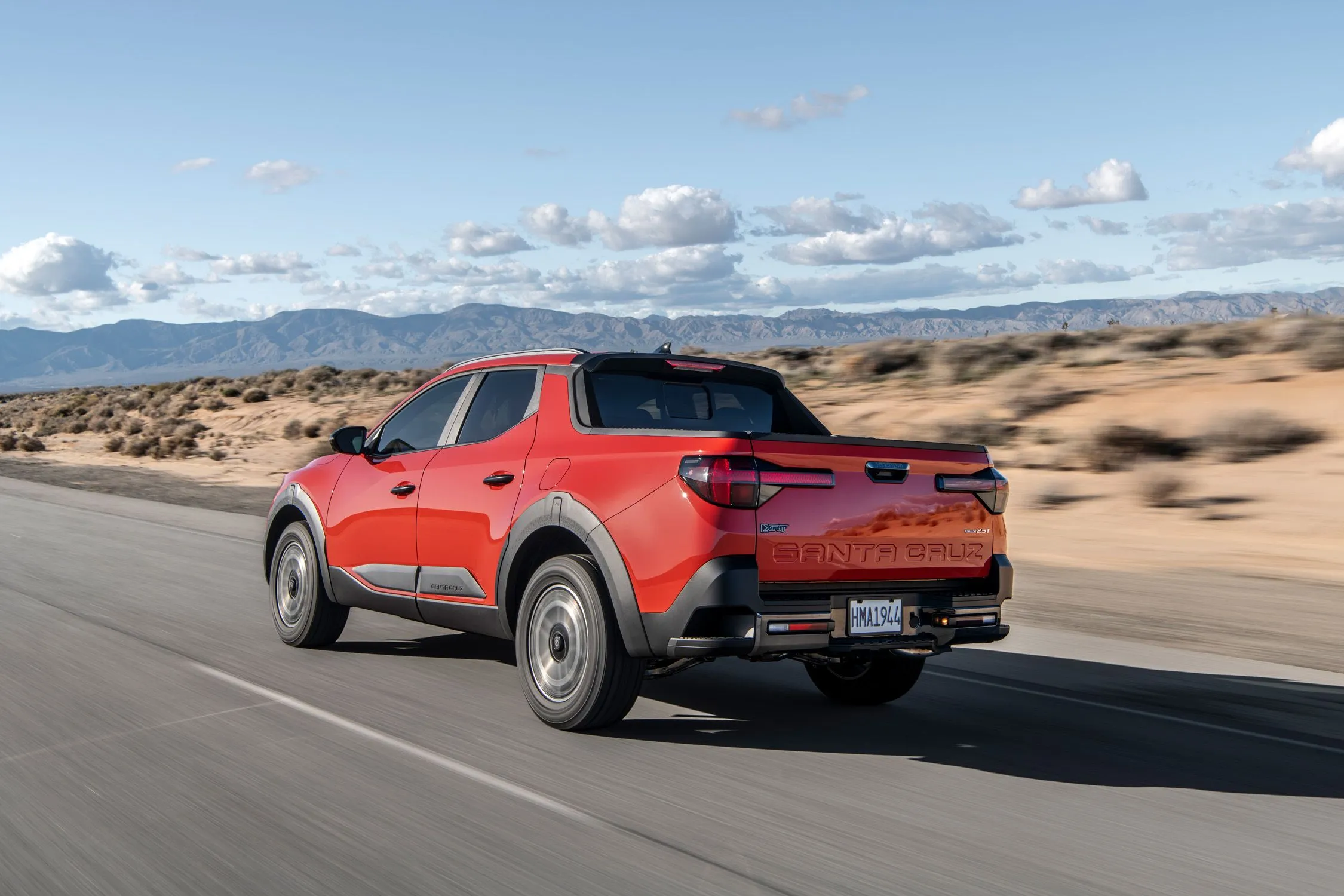
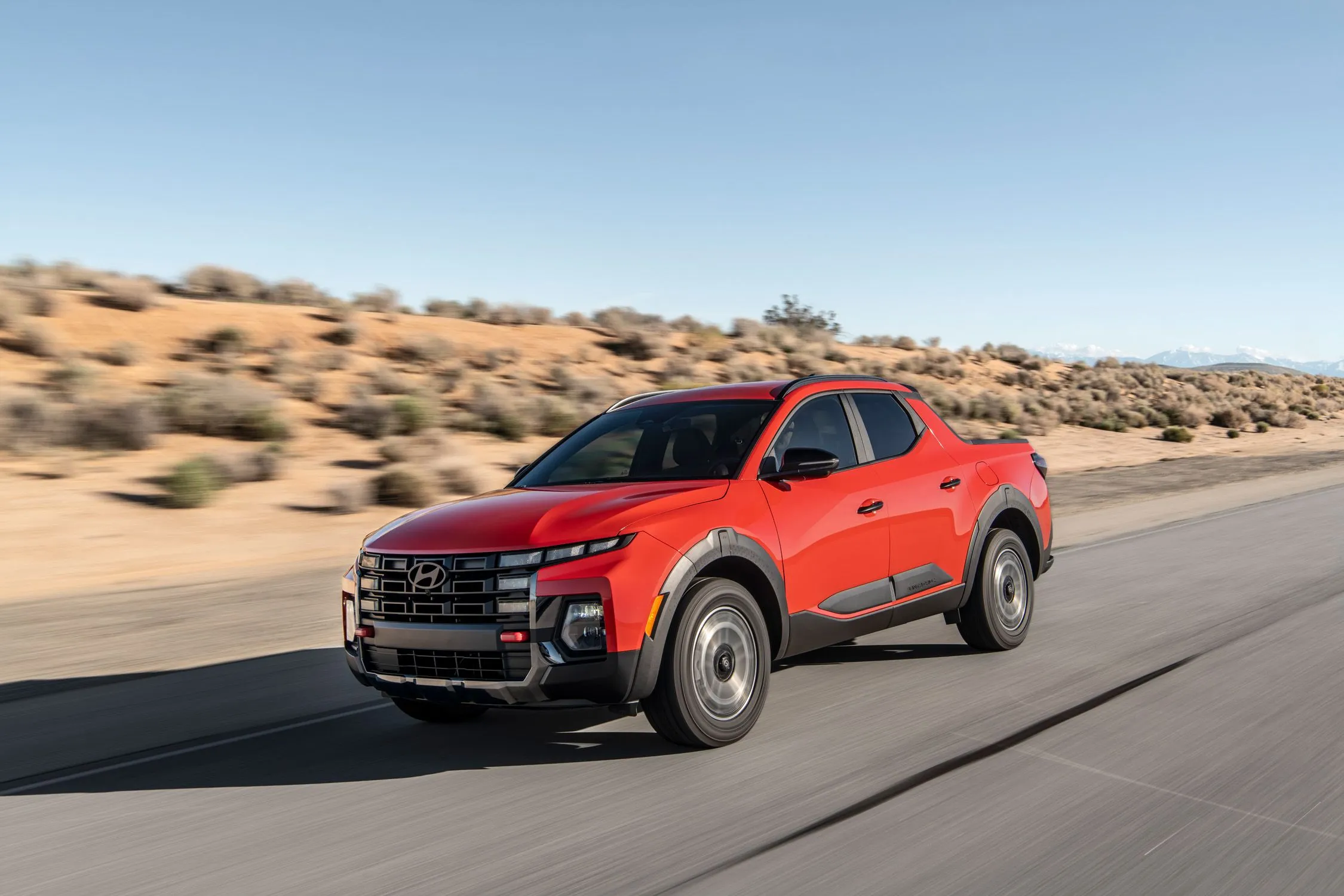
Author: Fabio Isidoro
Founder and editor-in-chief of Canal Carro, he dedicates himself to exploring the automotive universe with depth and passion. A car and technology enthusiast, he produces technical content and in-depth analyses of national and international vehicles, combining quality information with a critical eye for the public.

